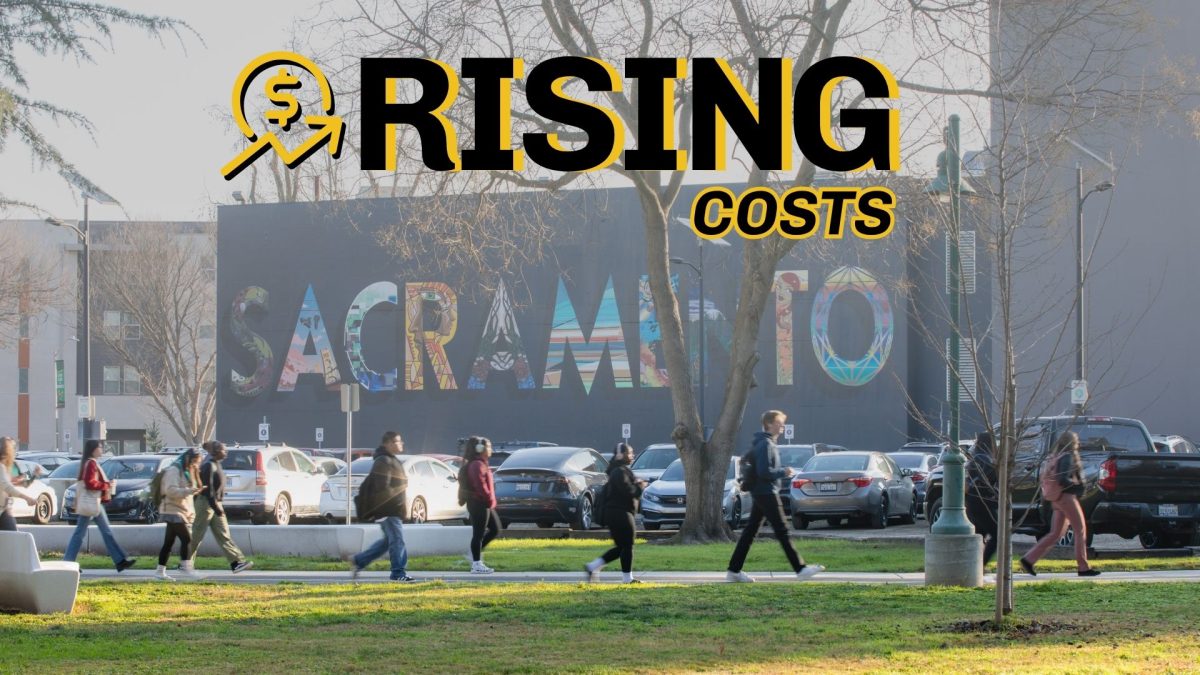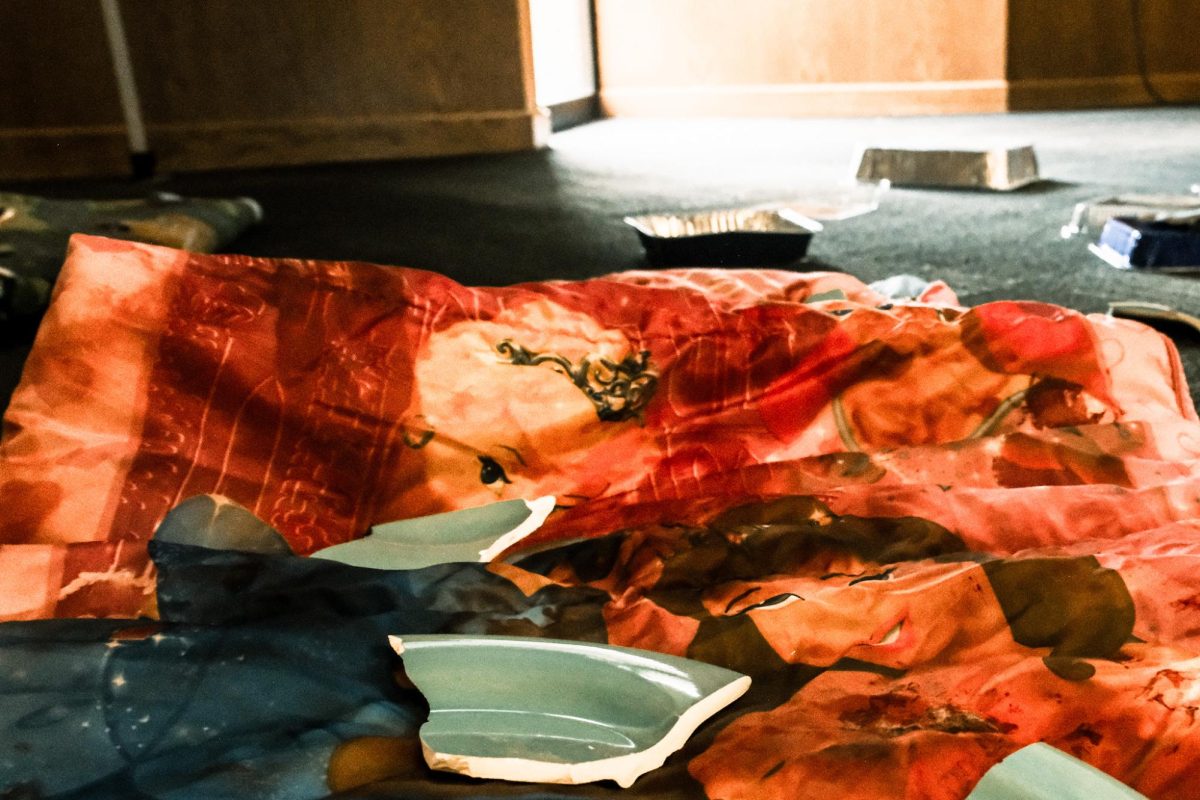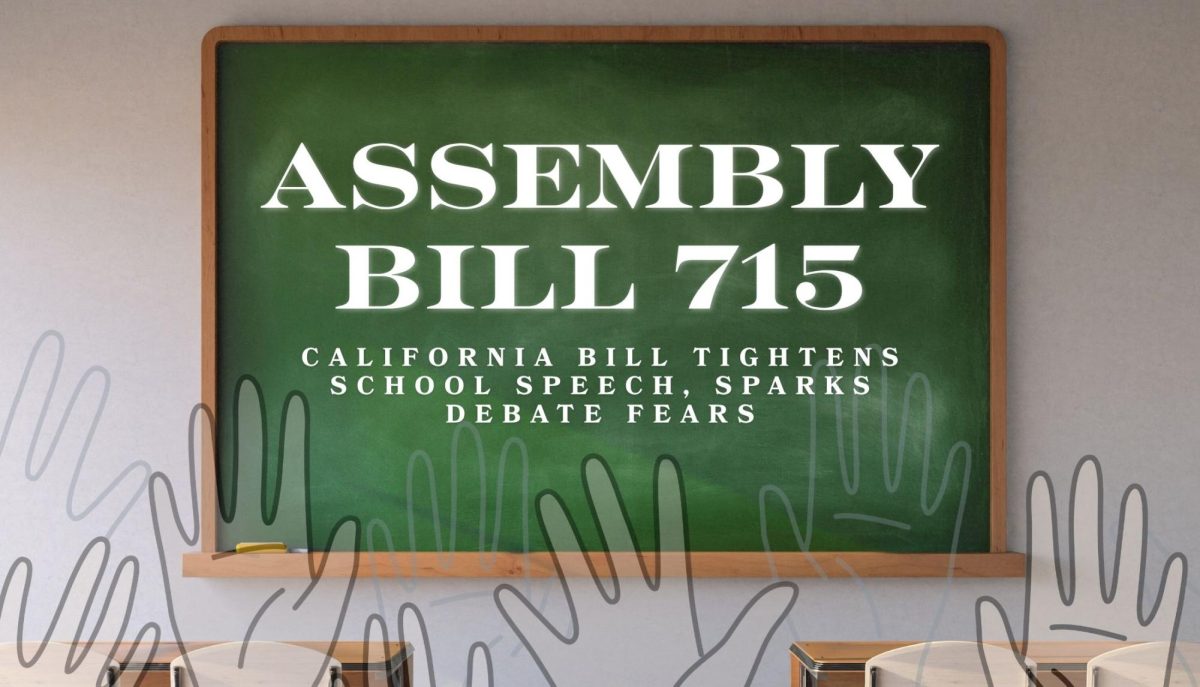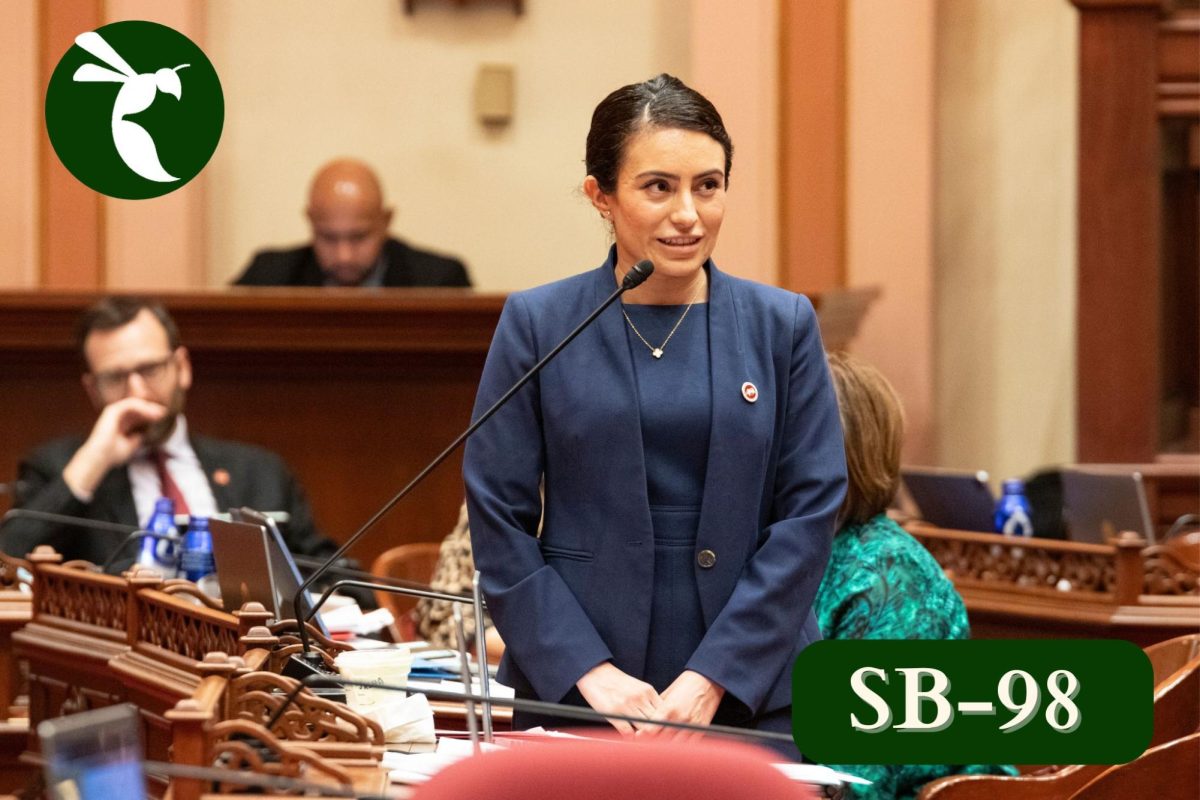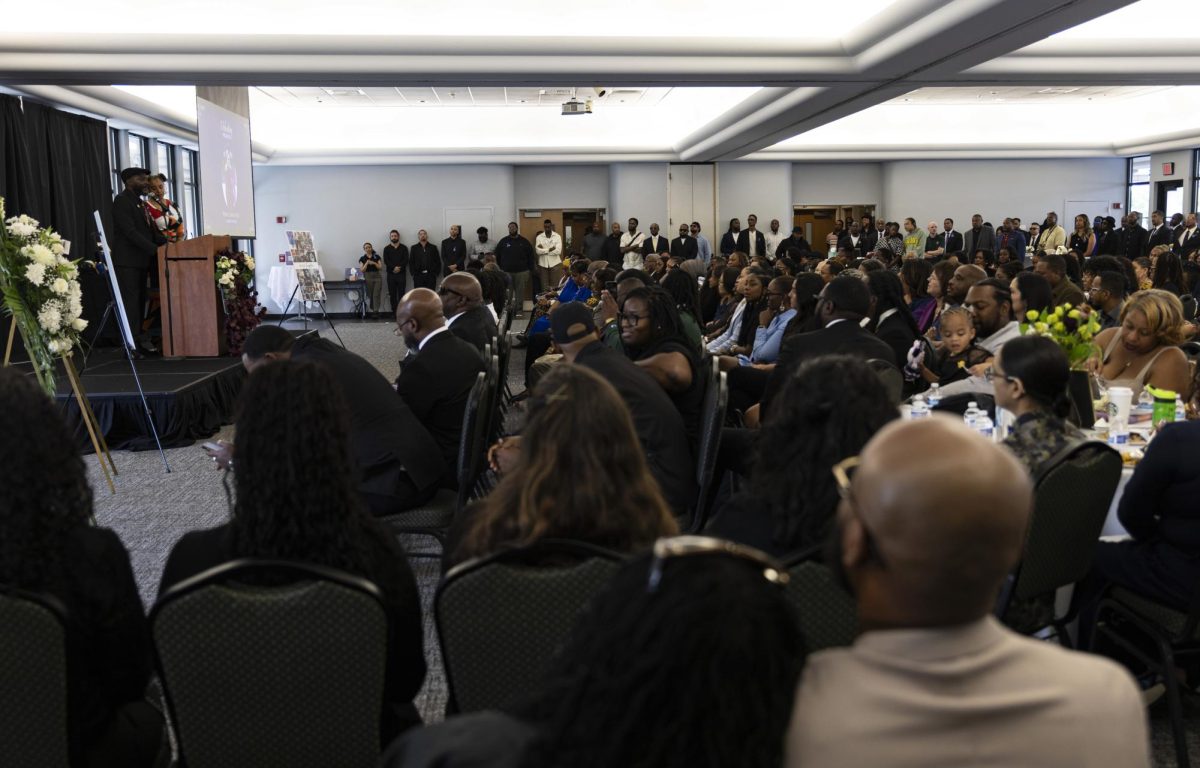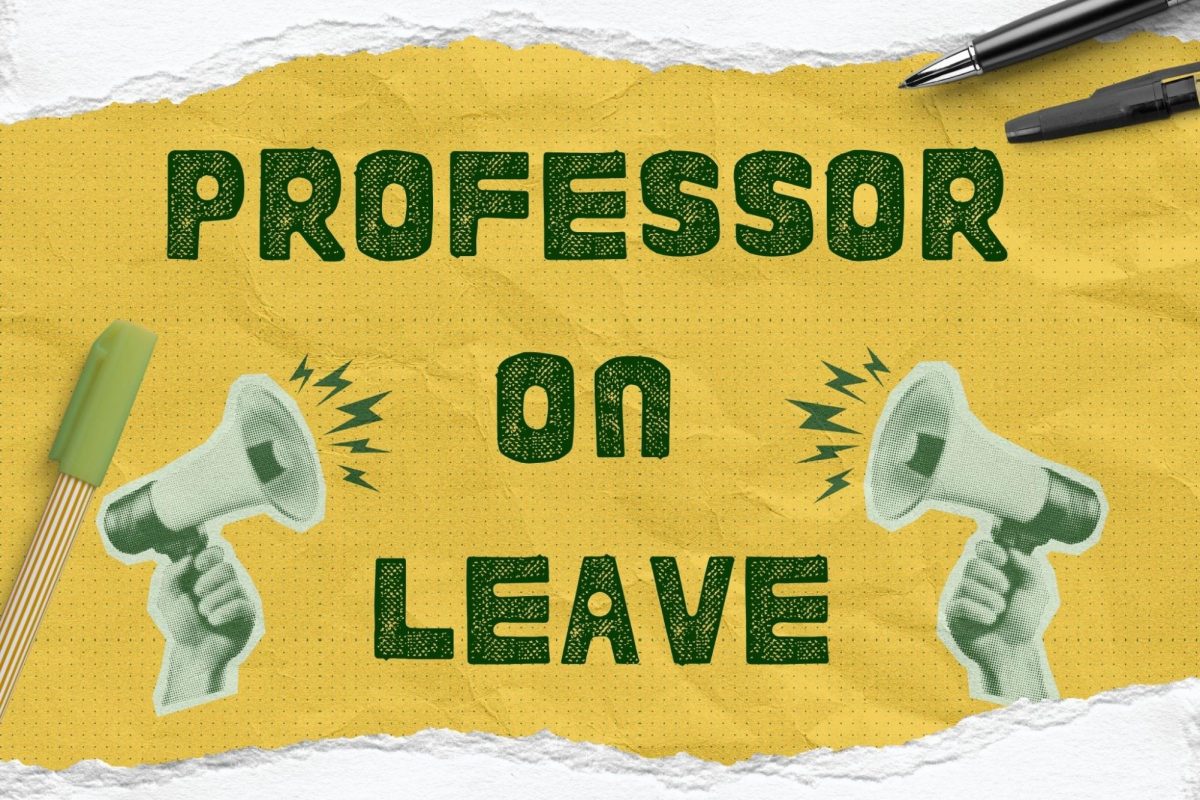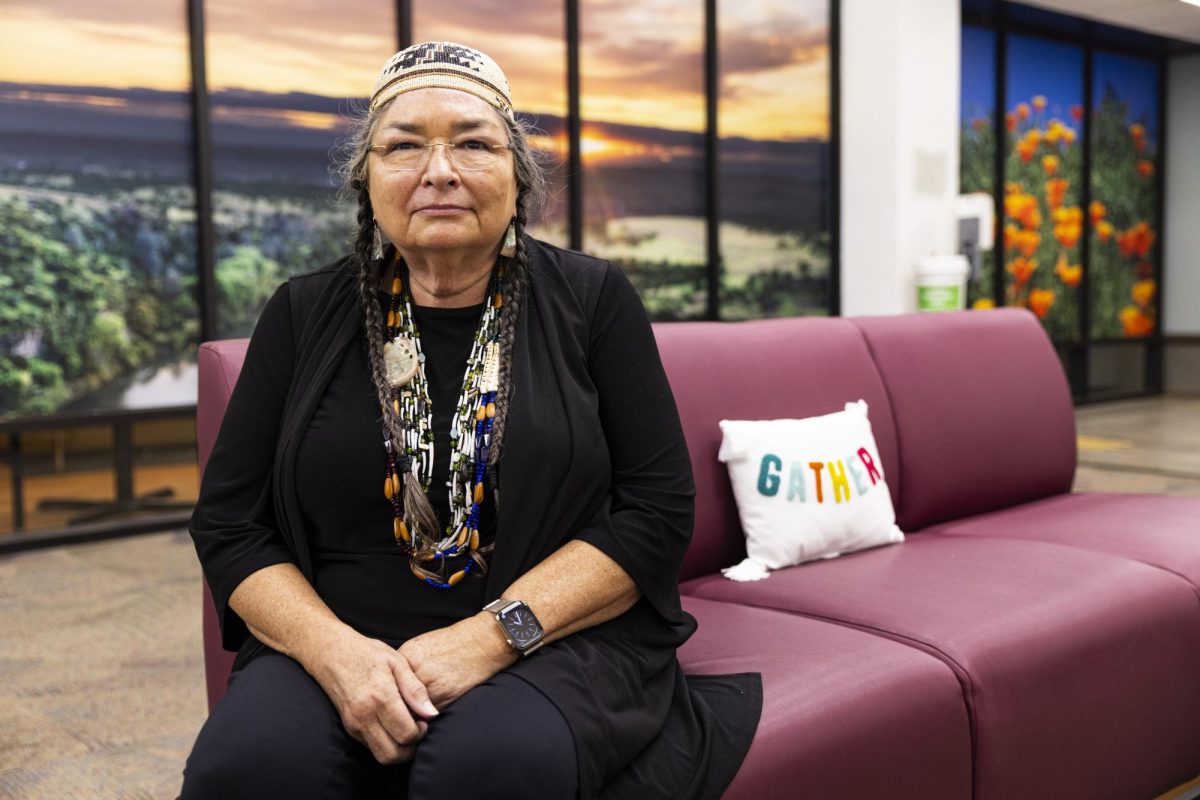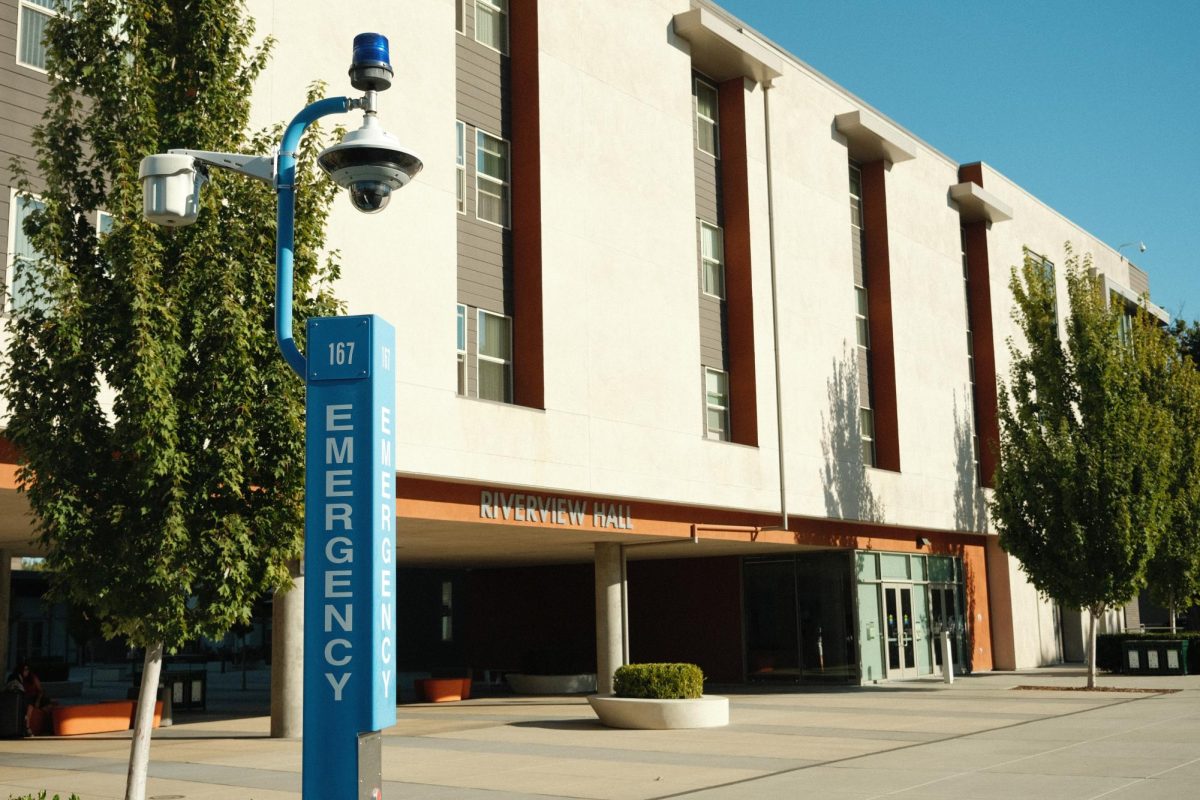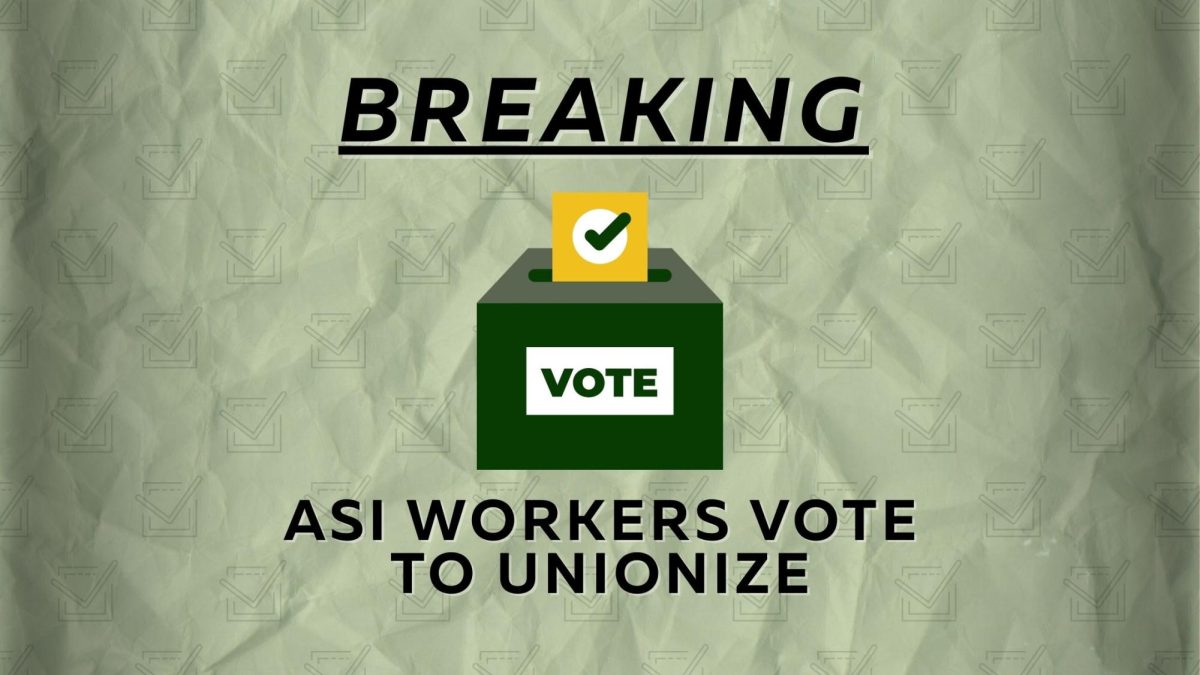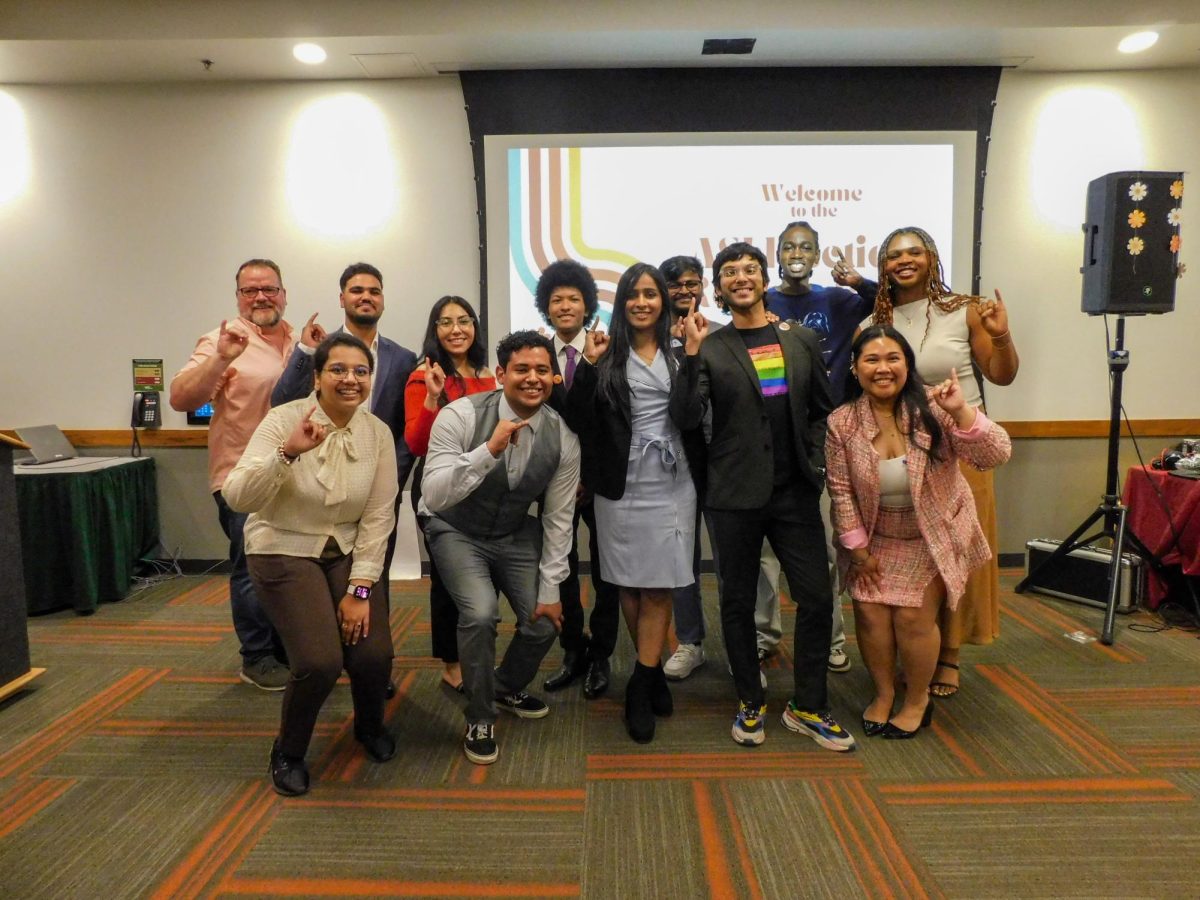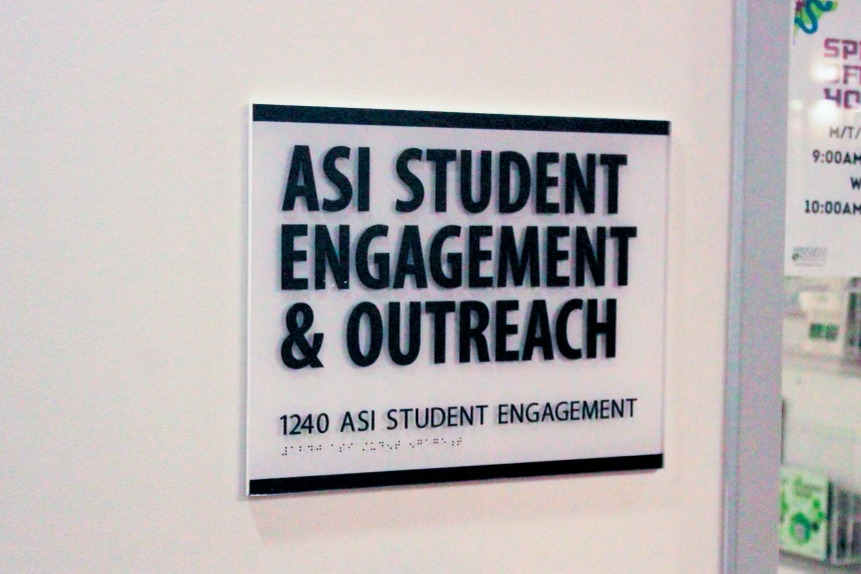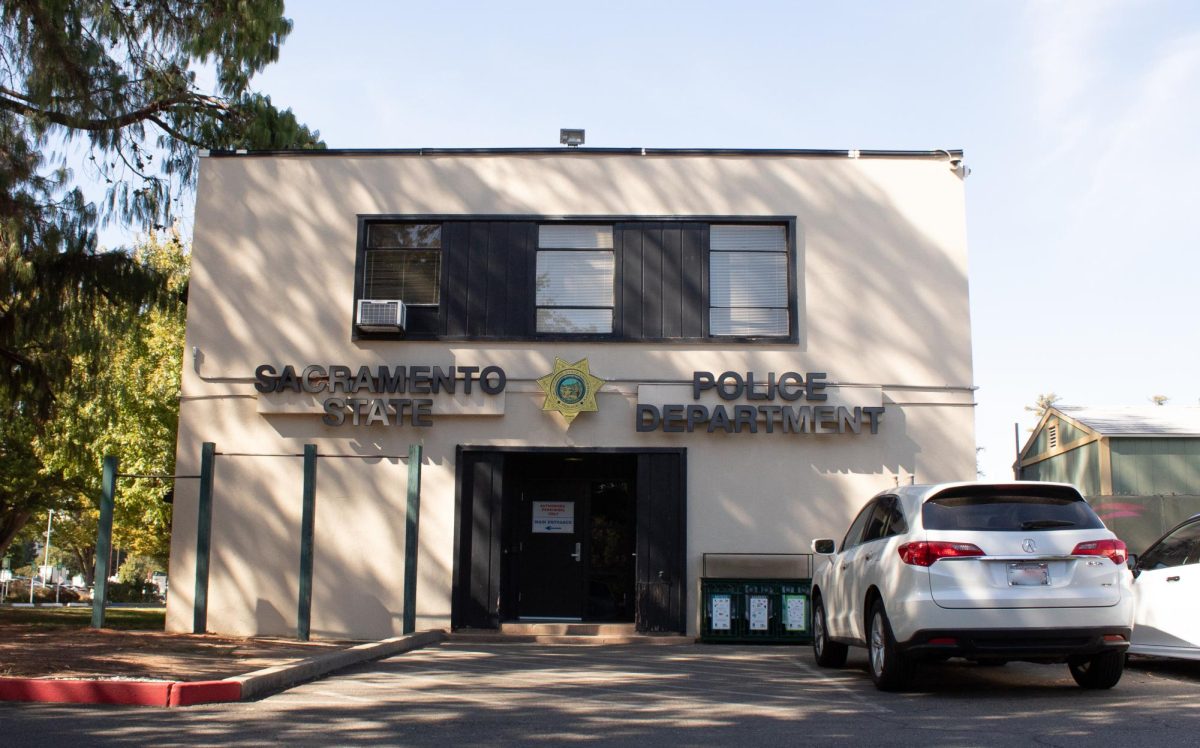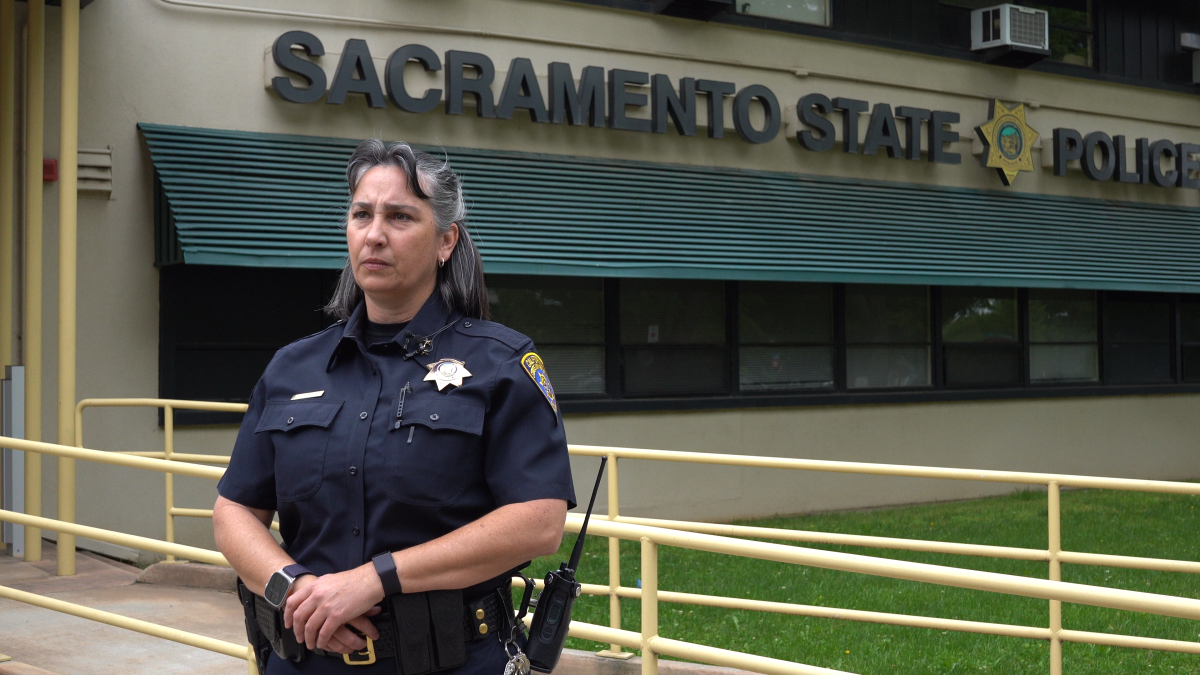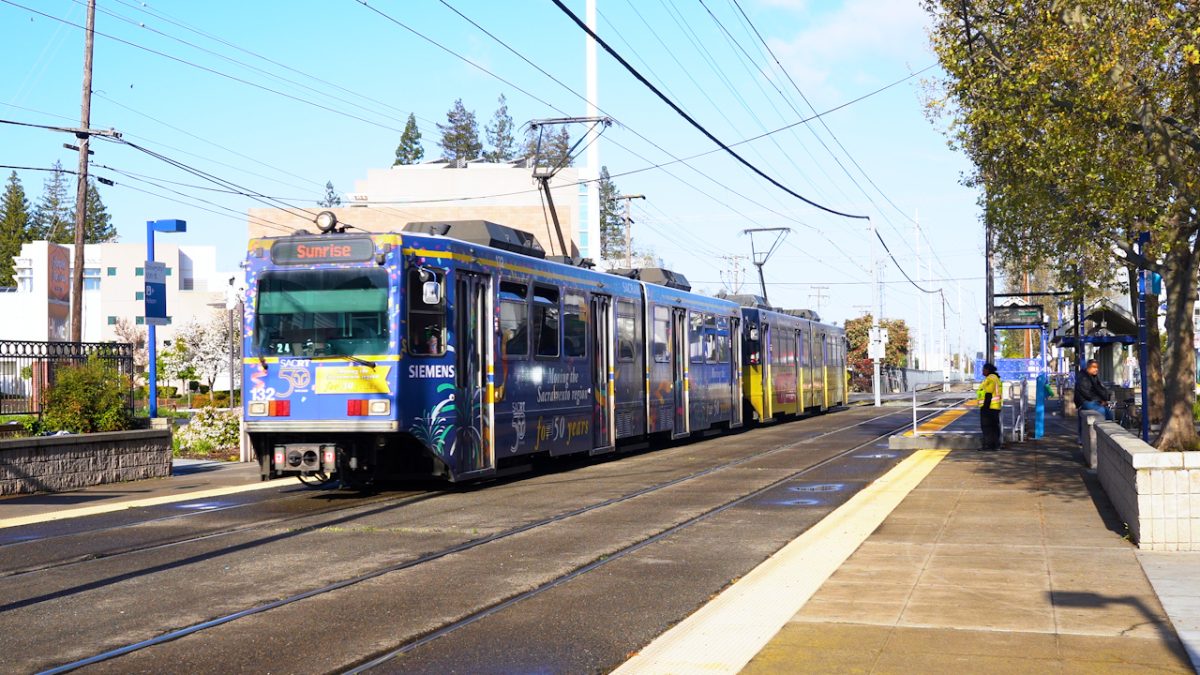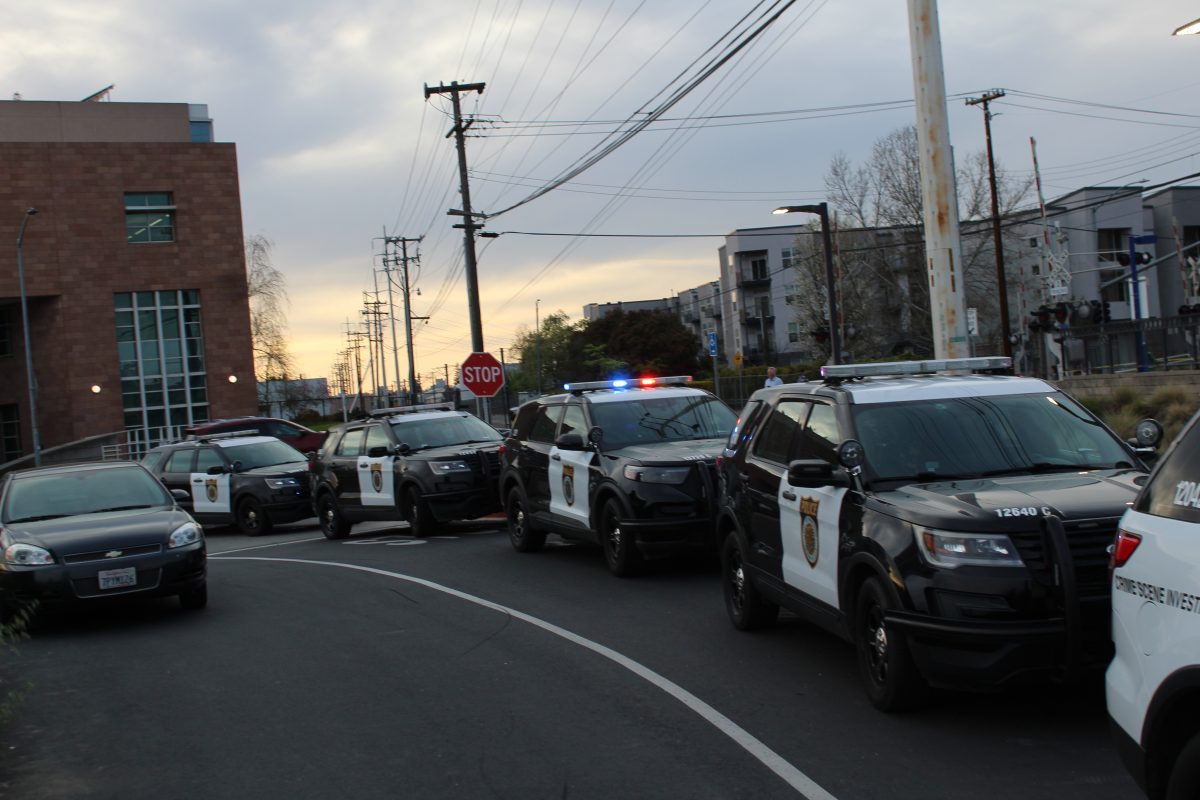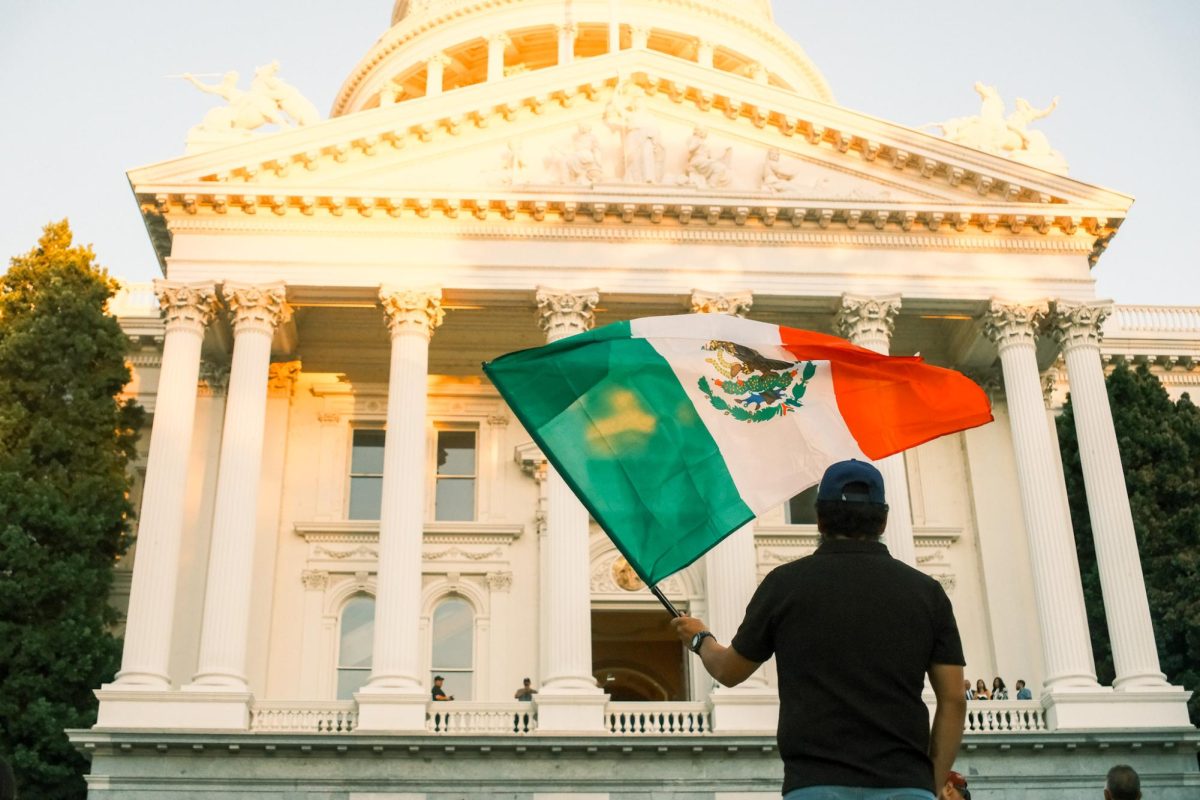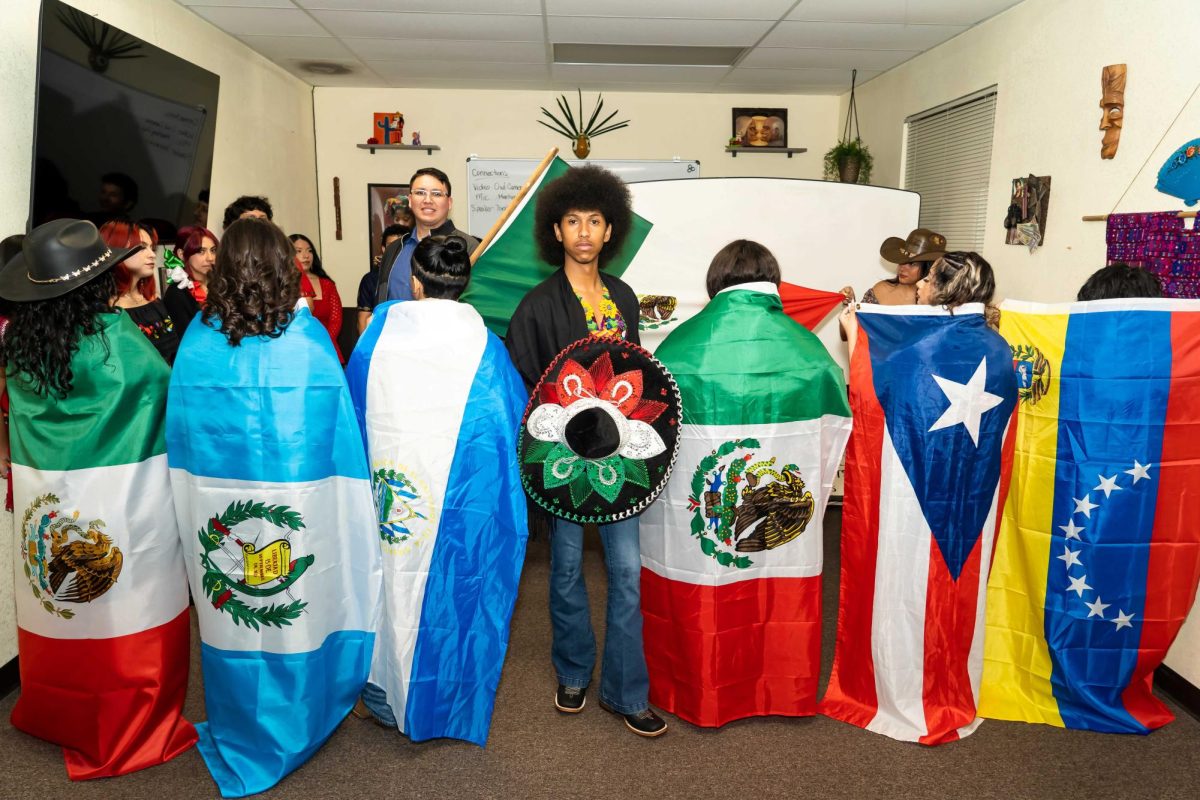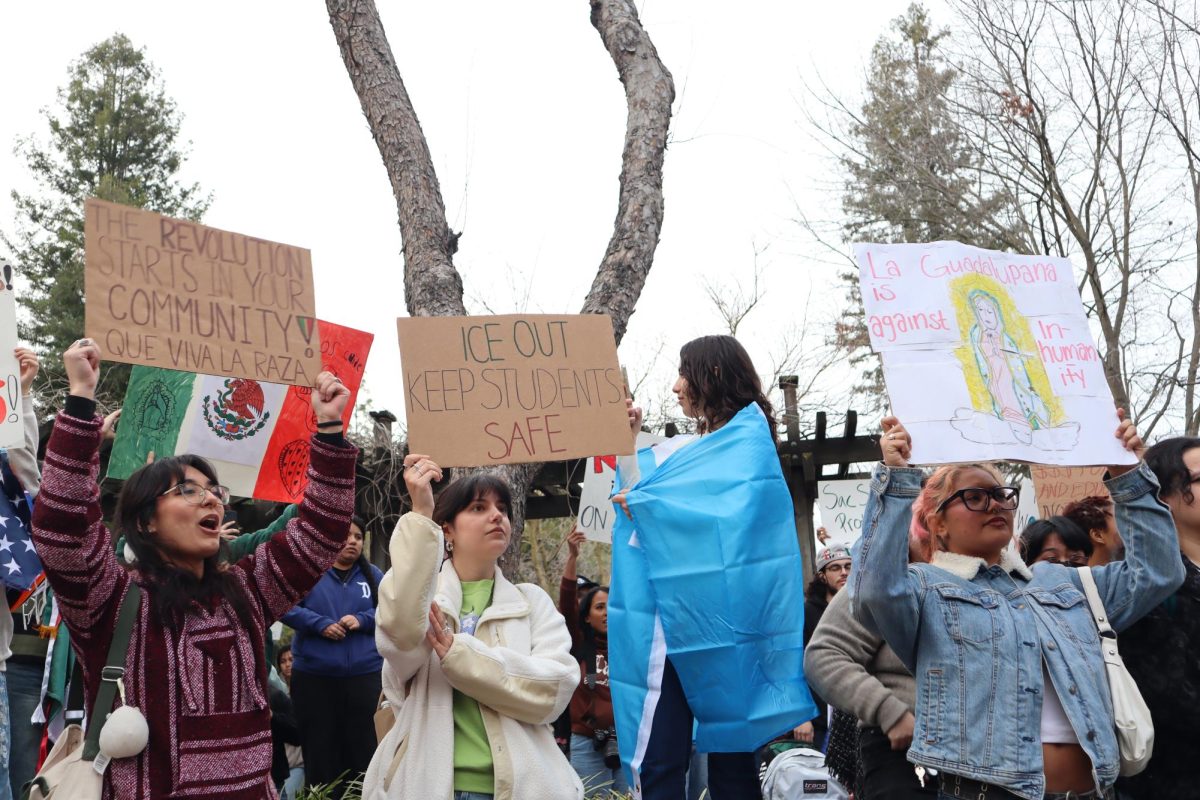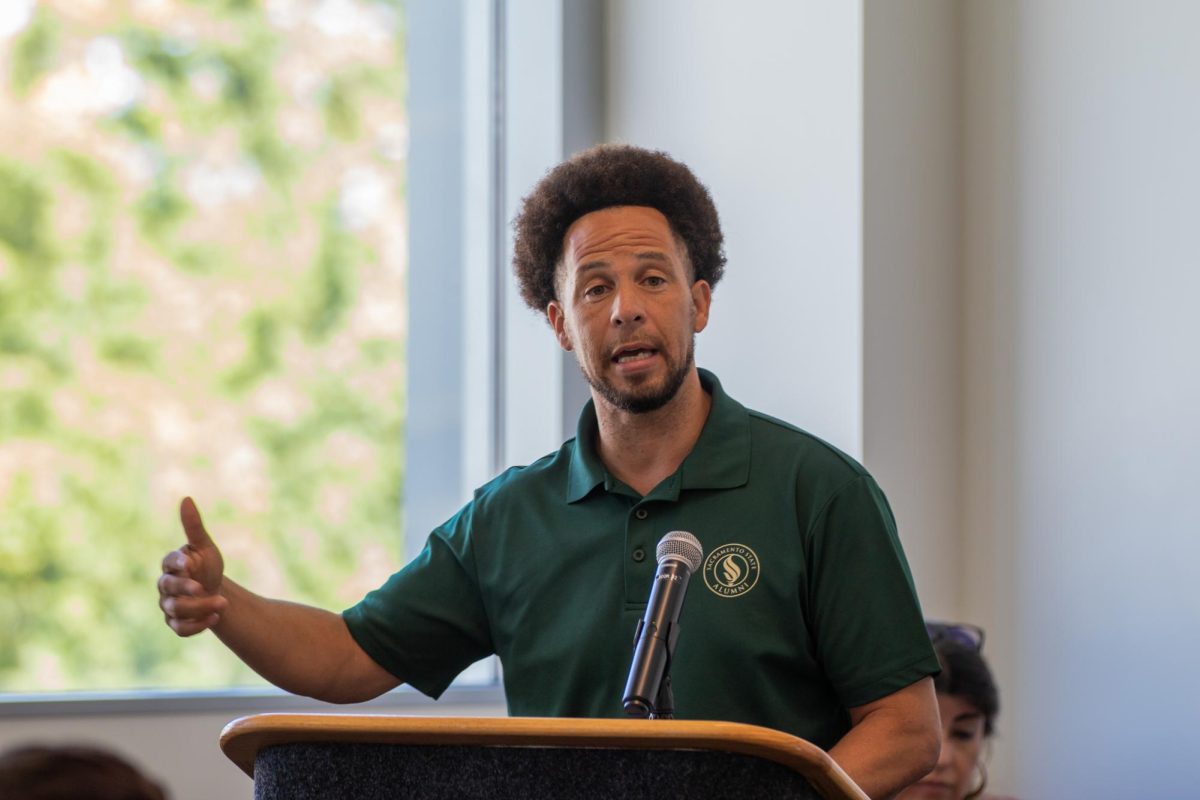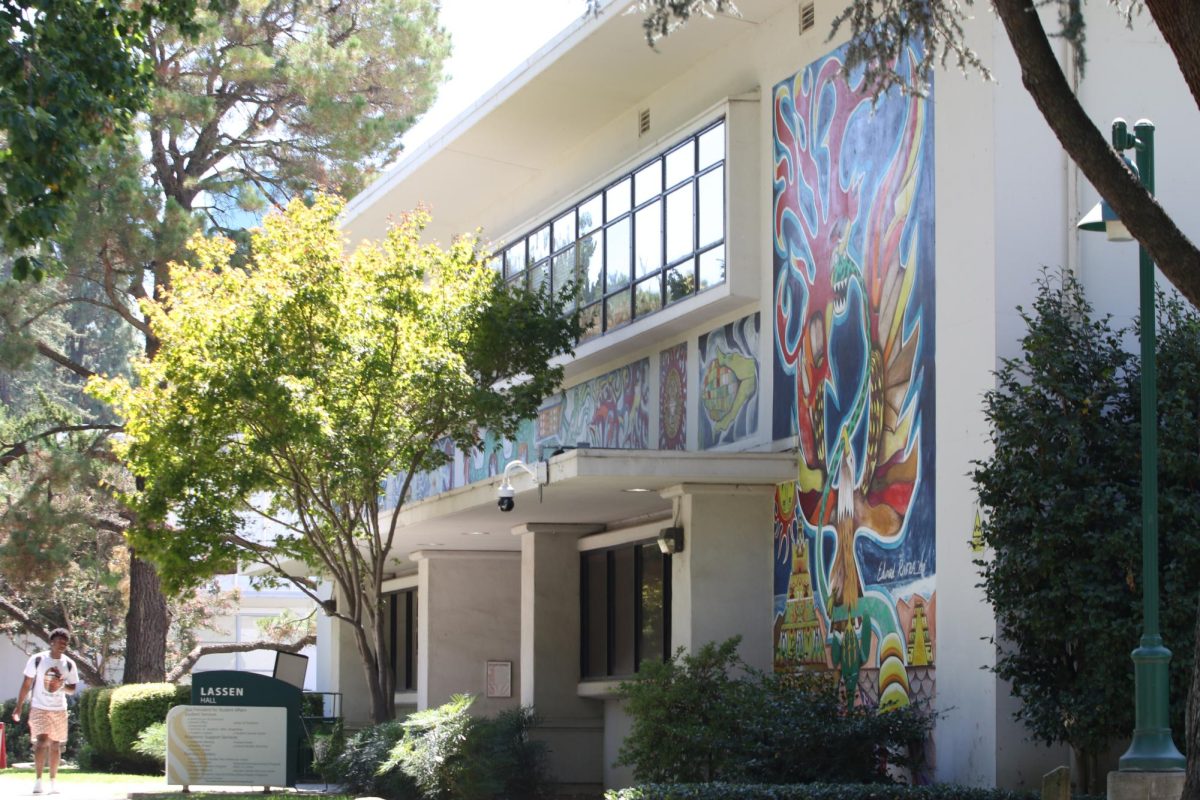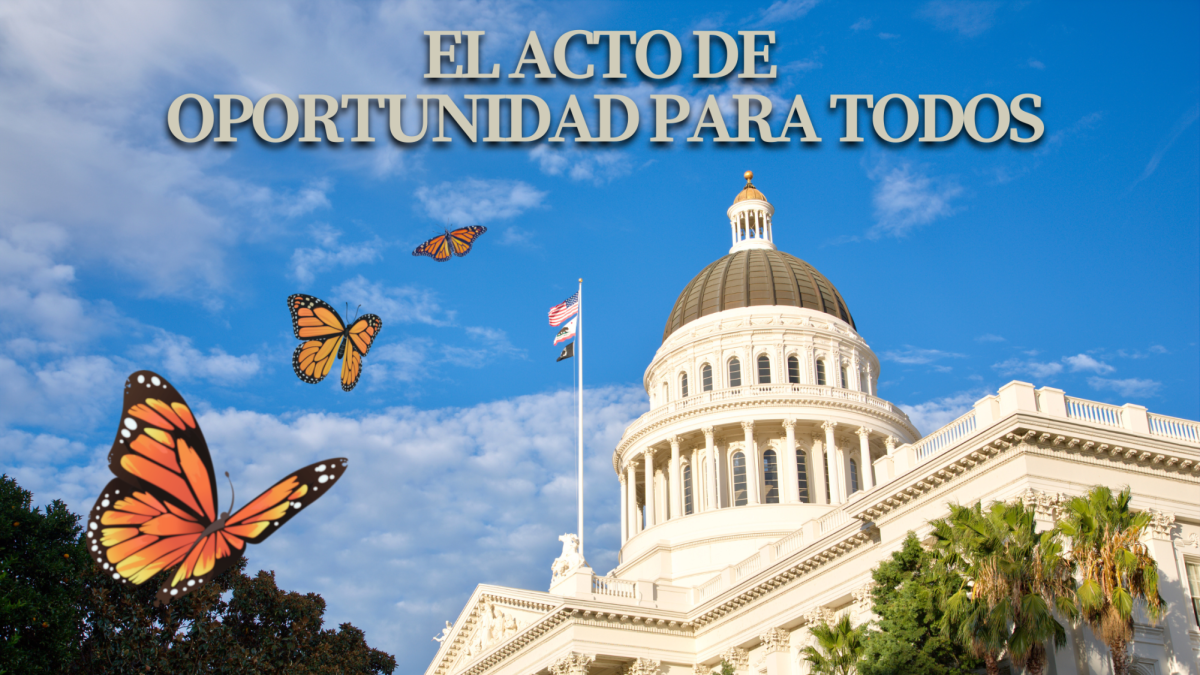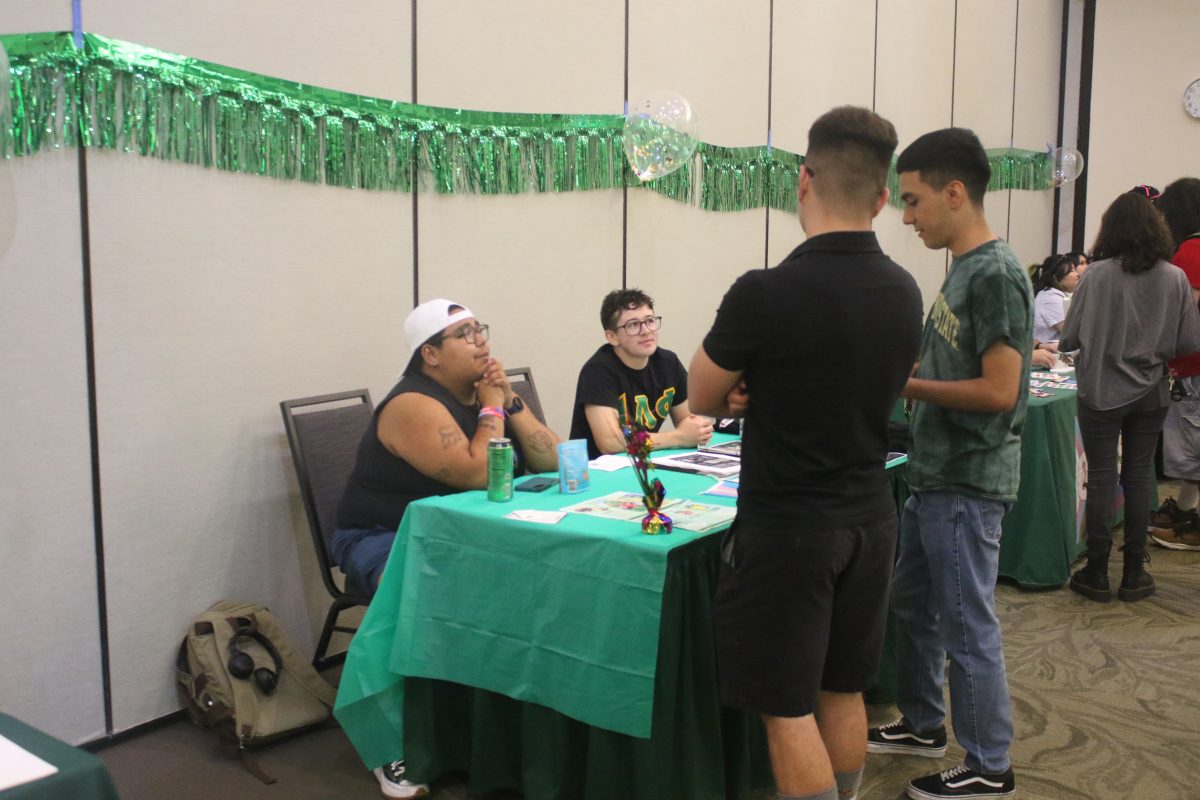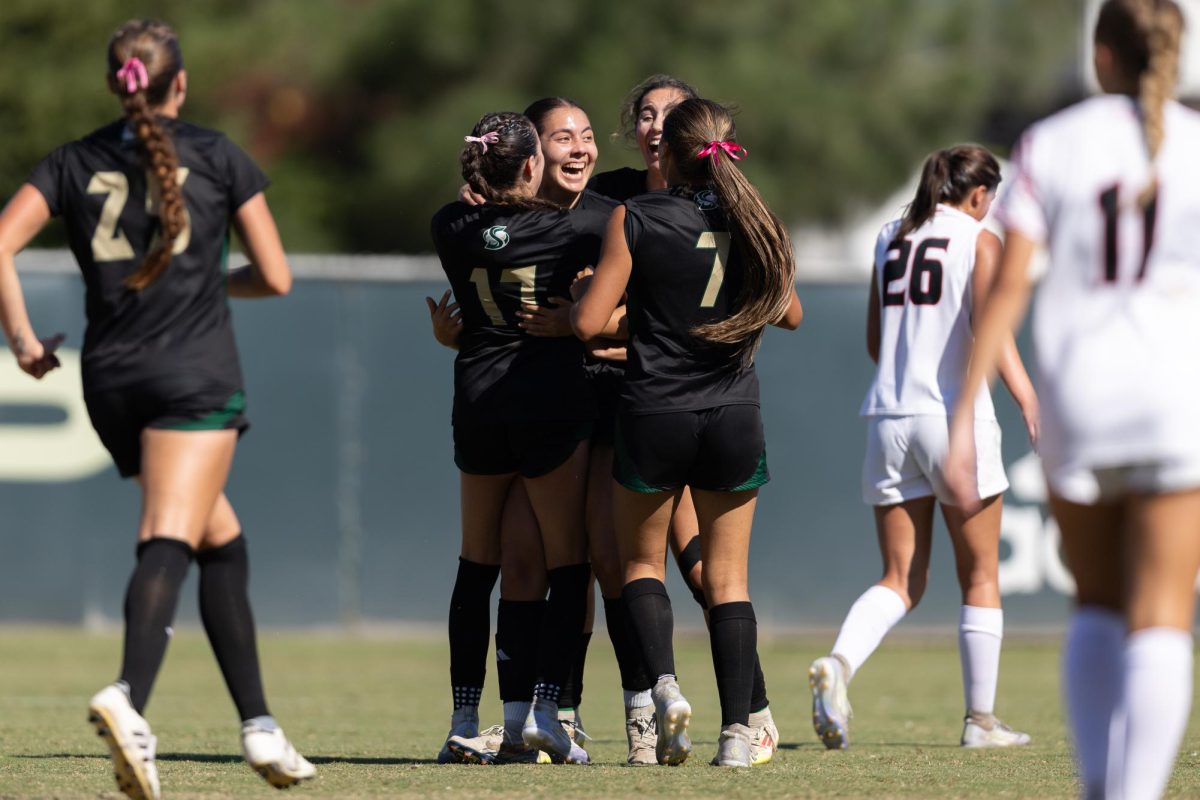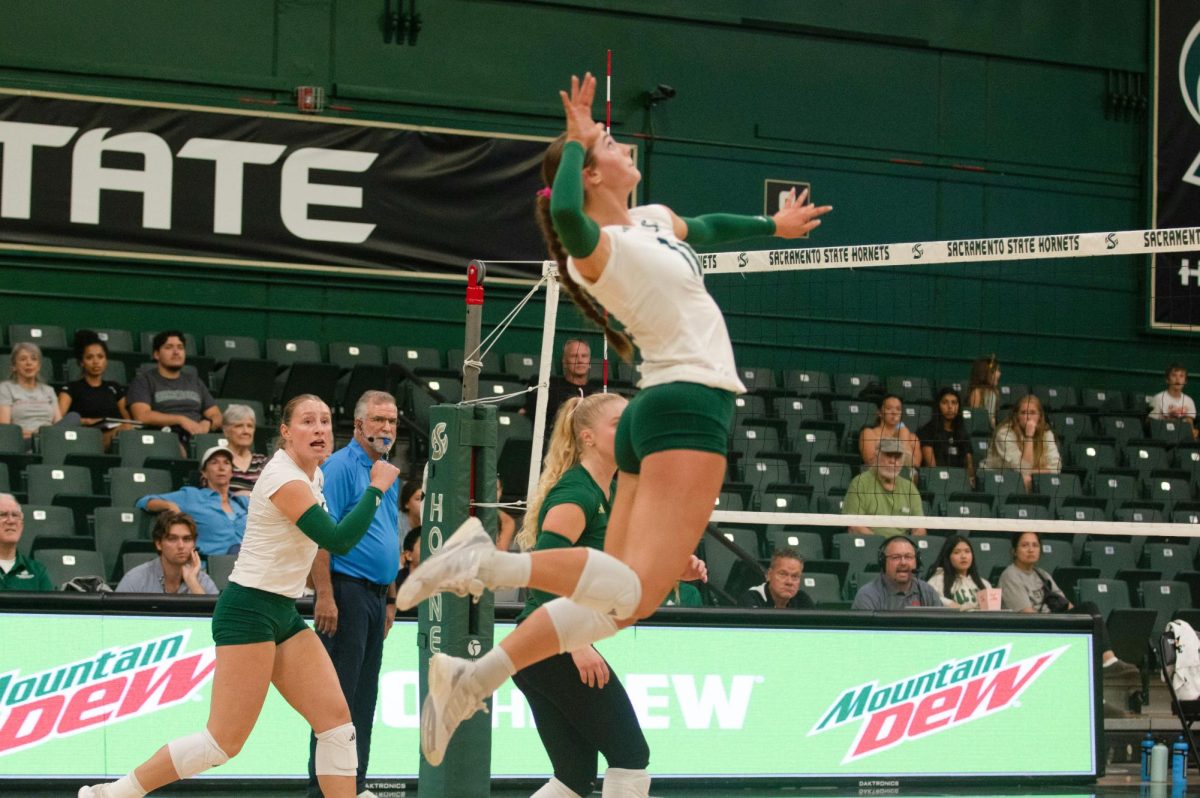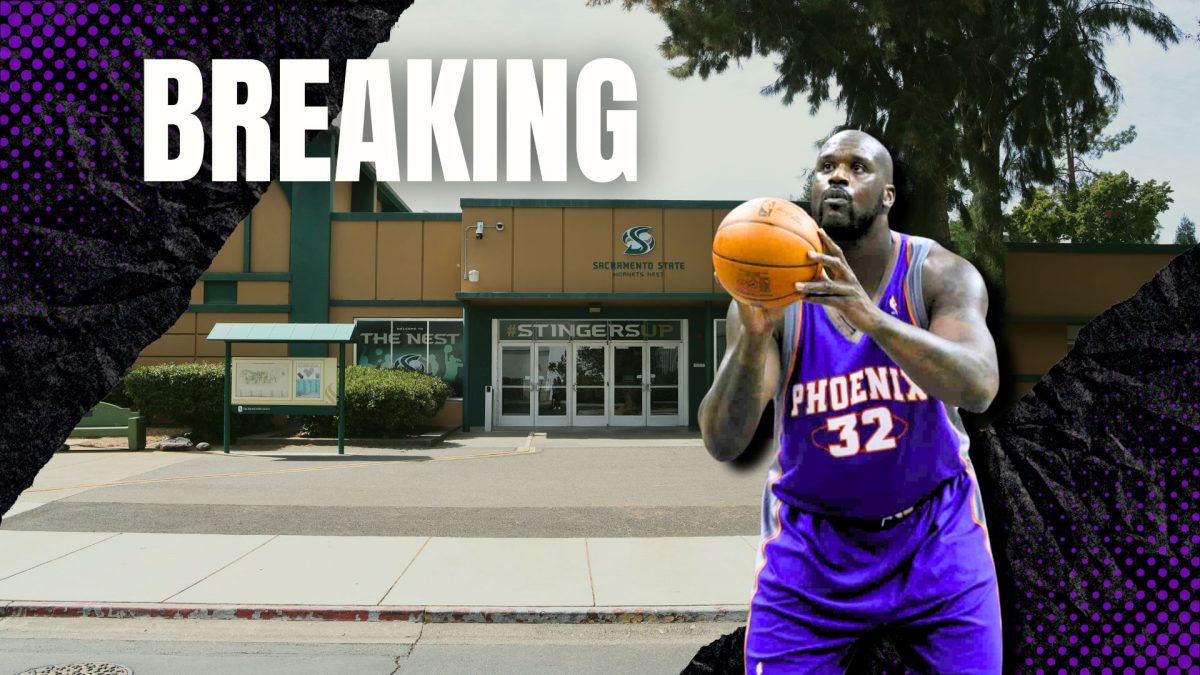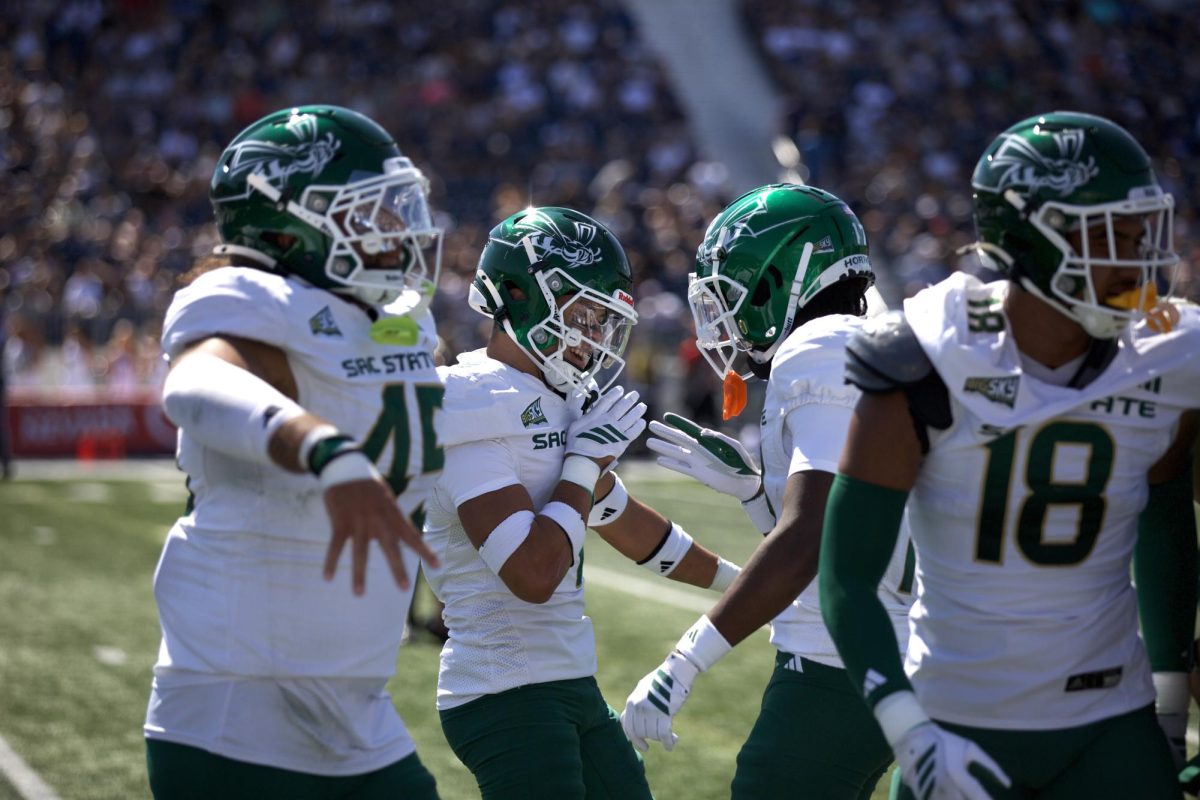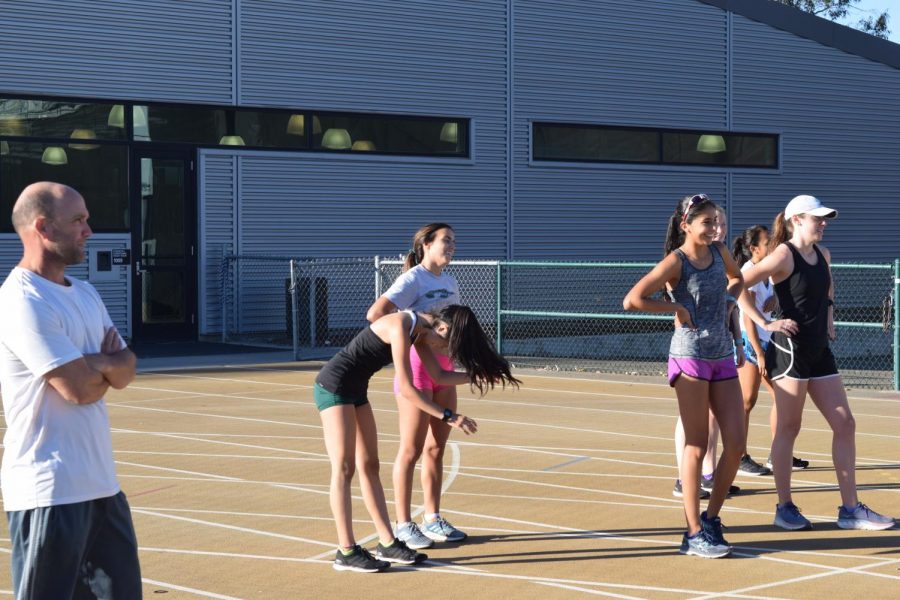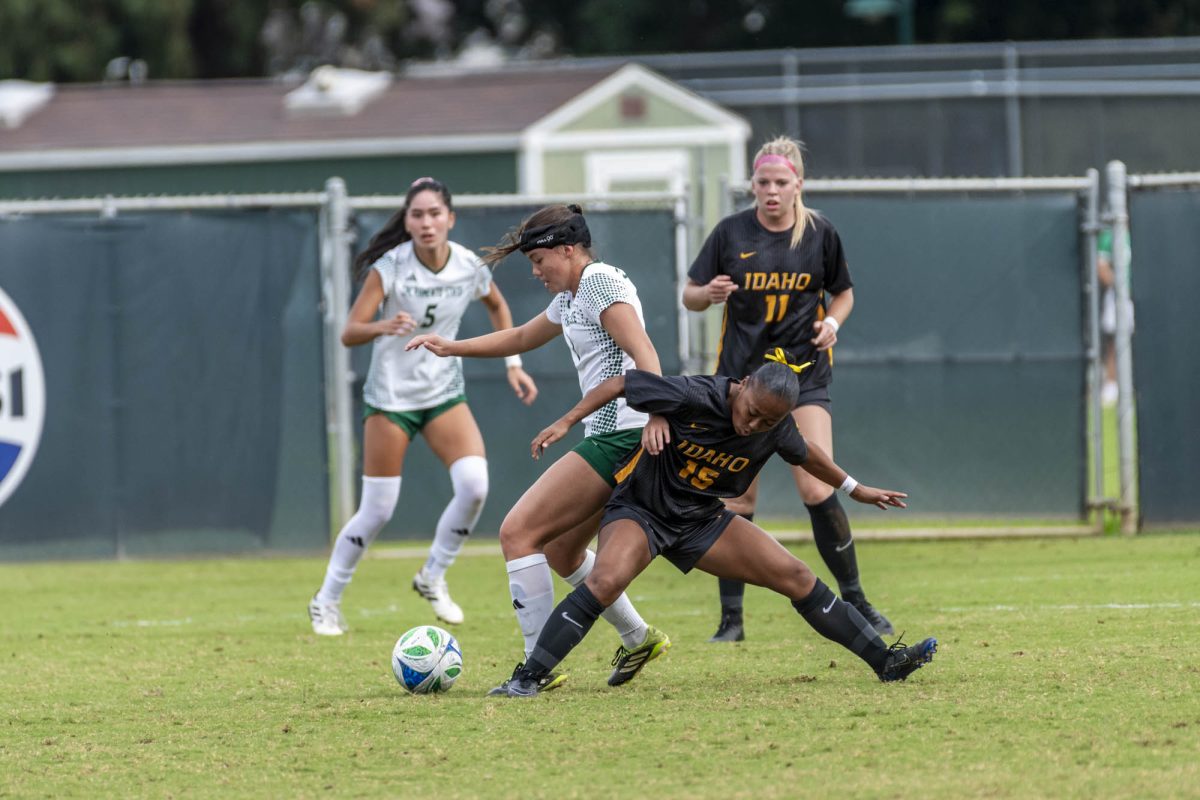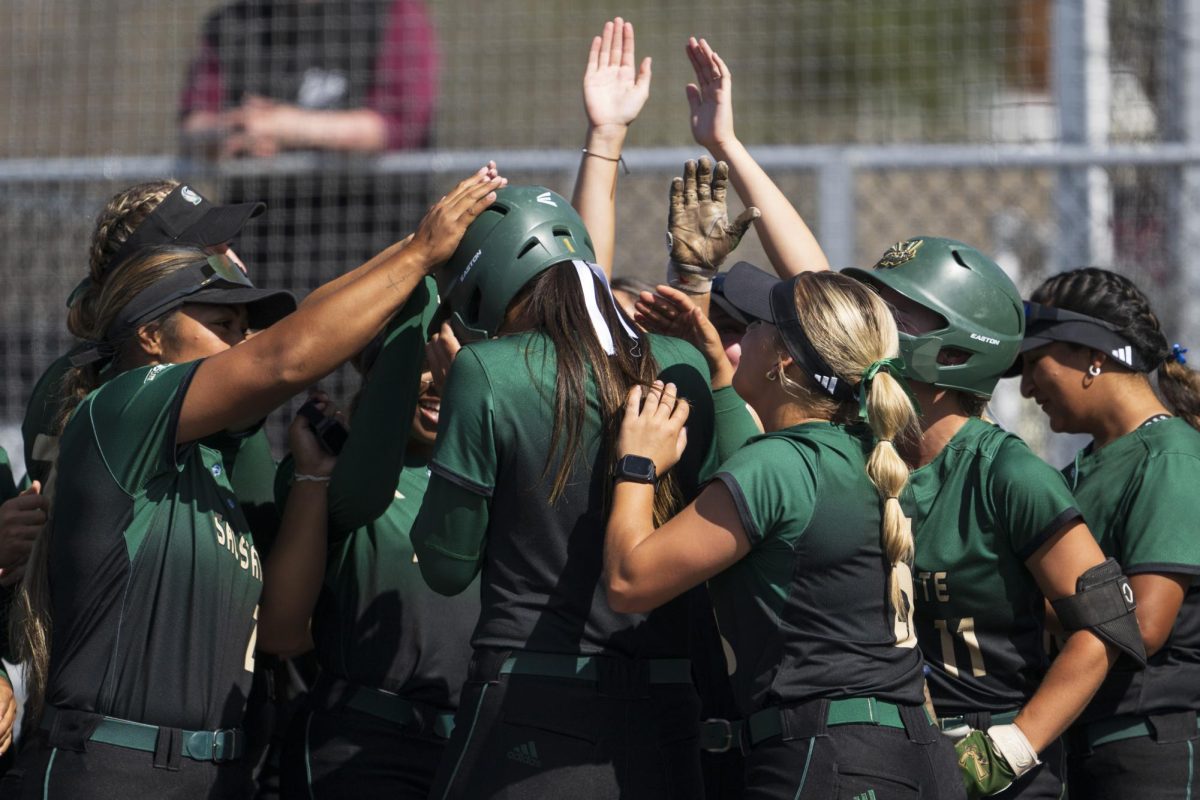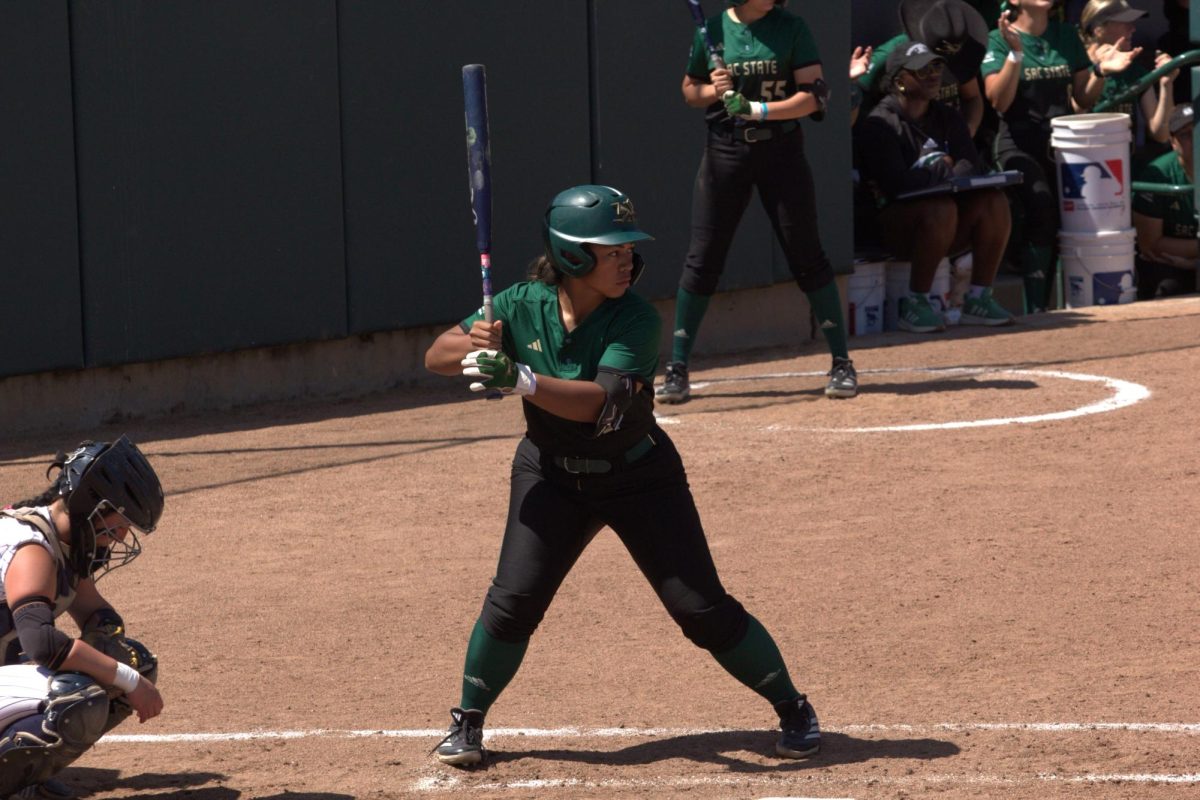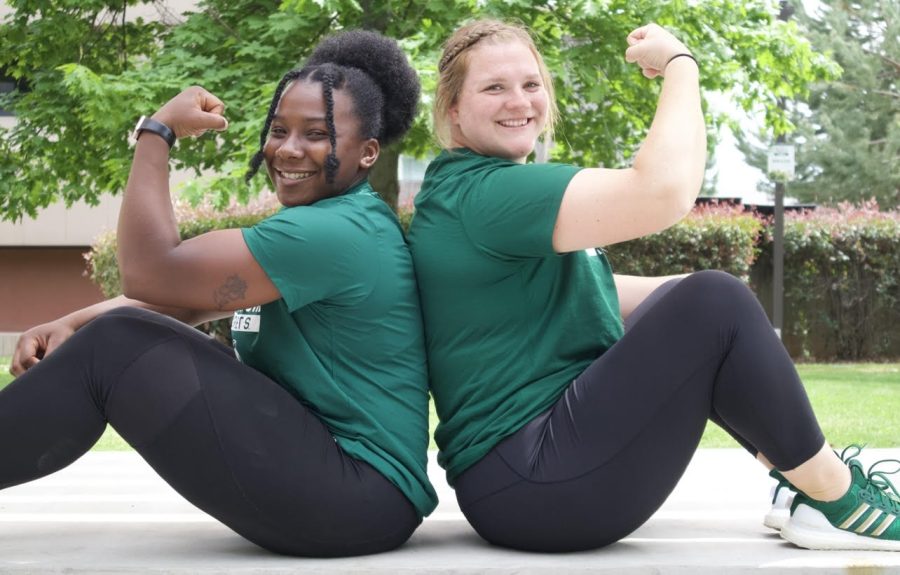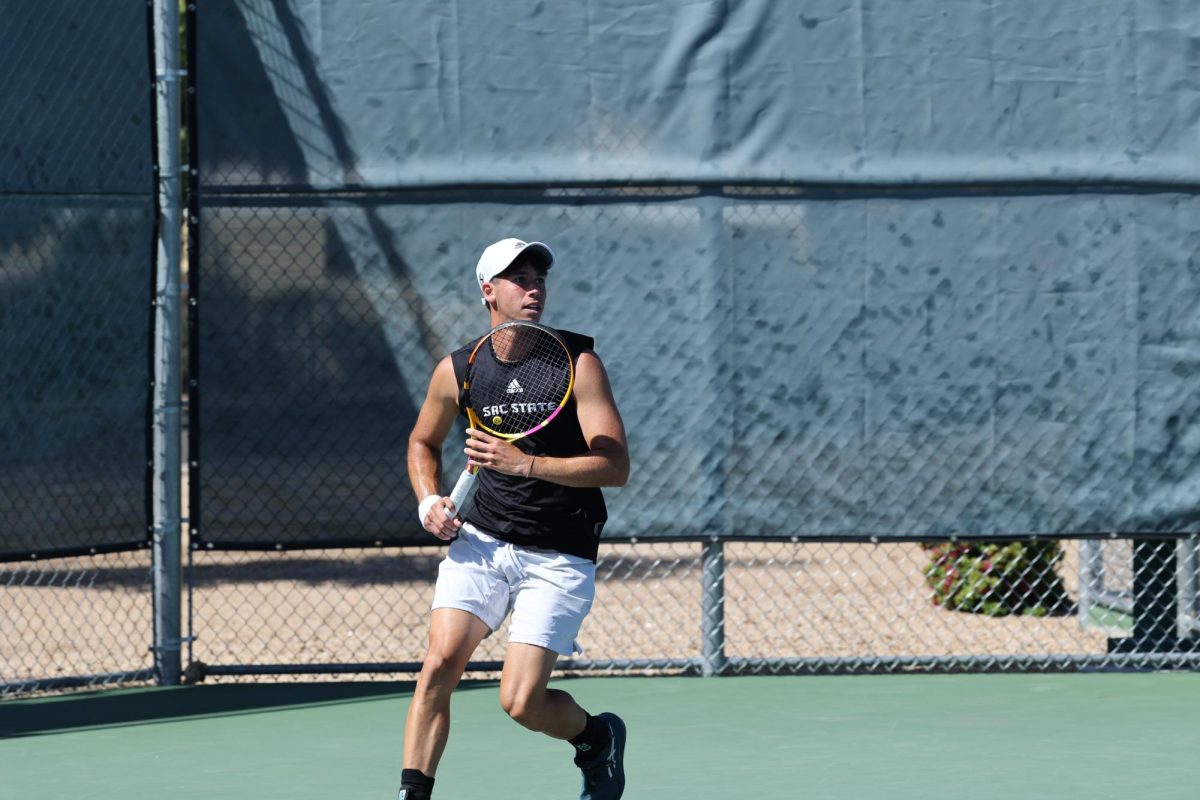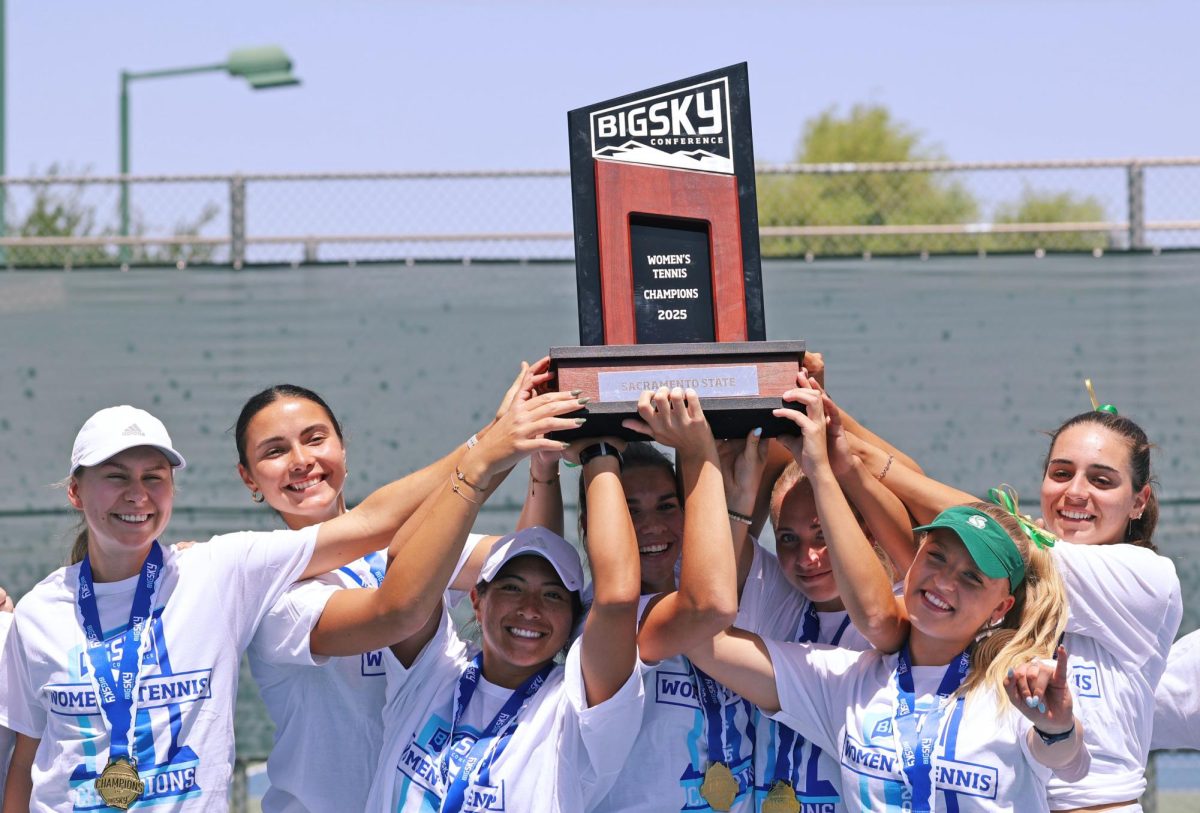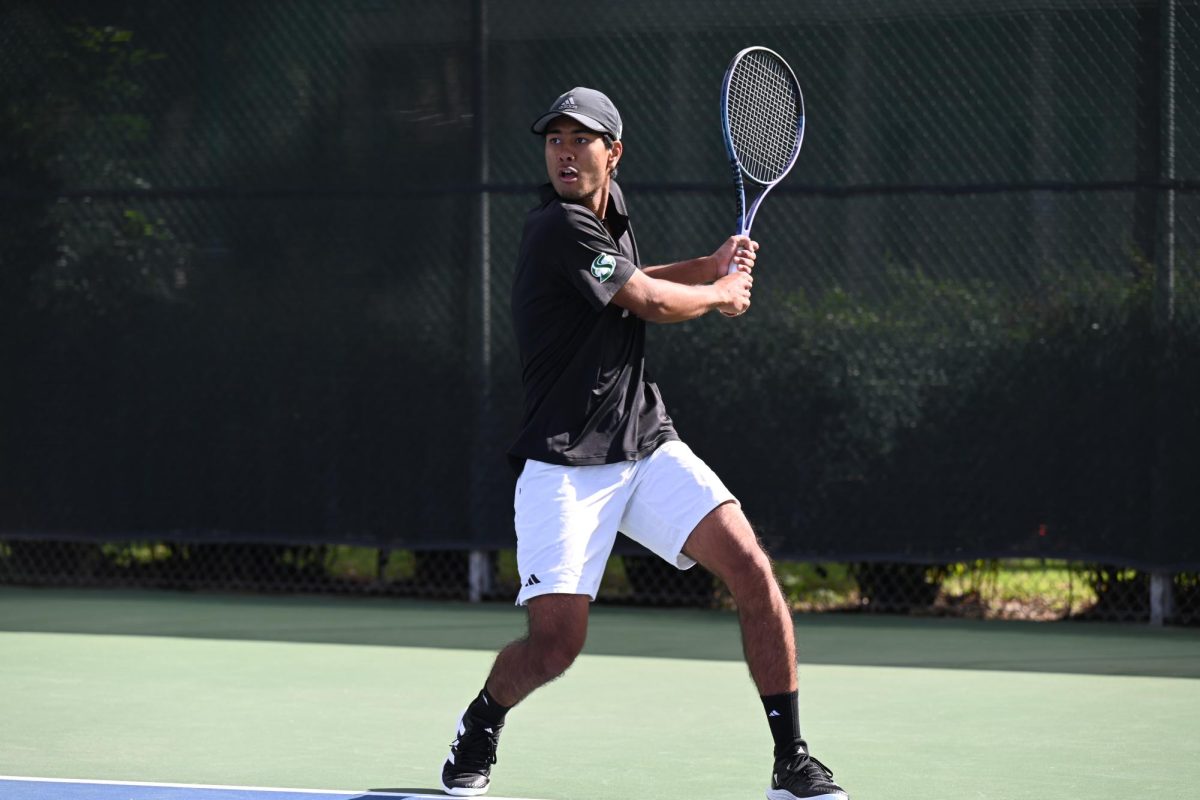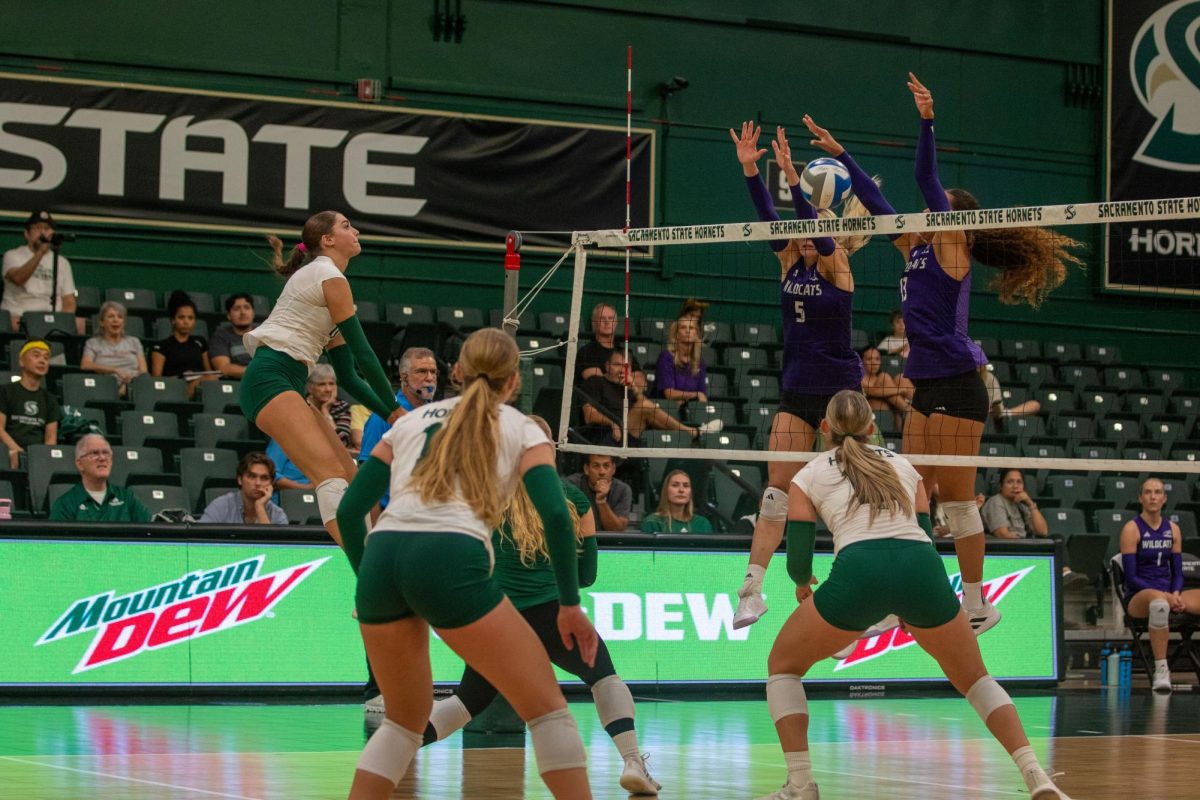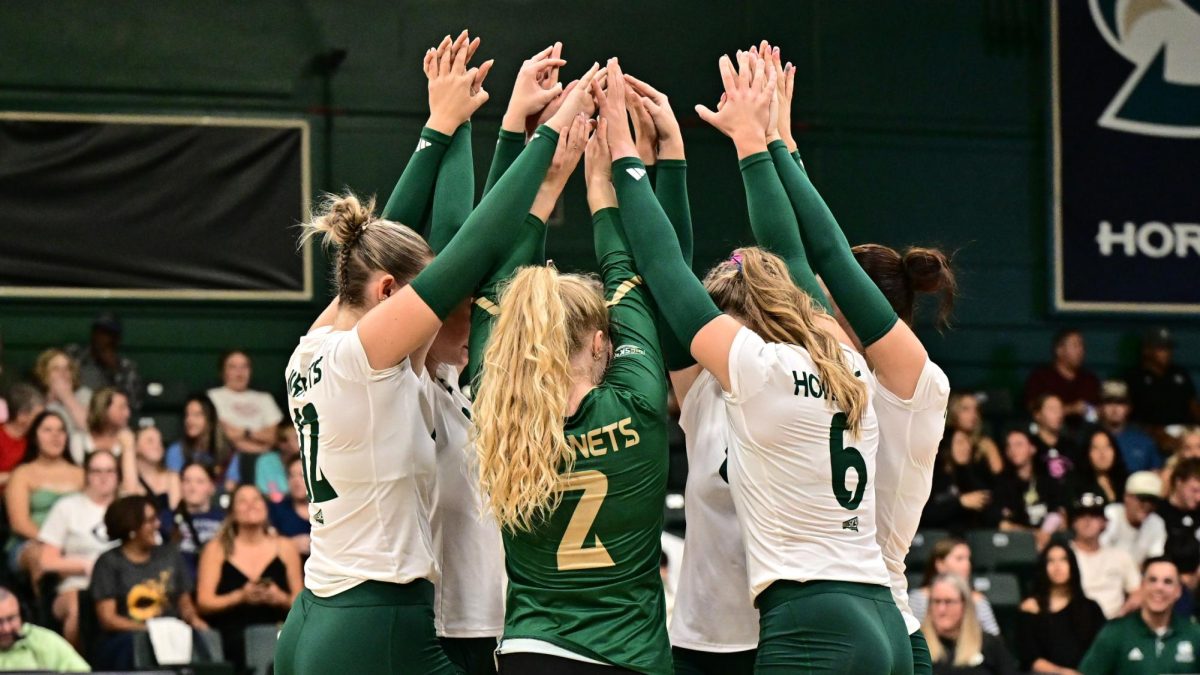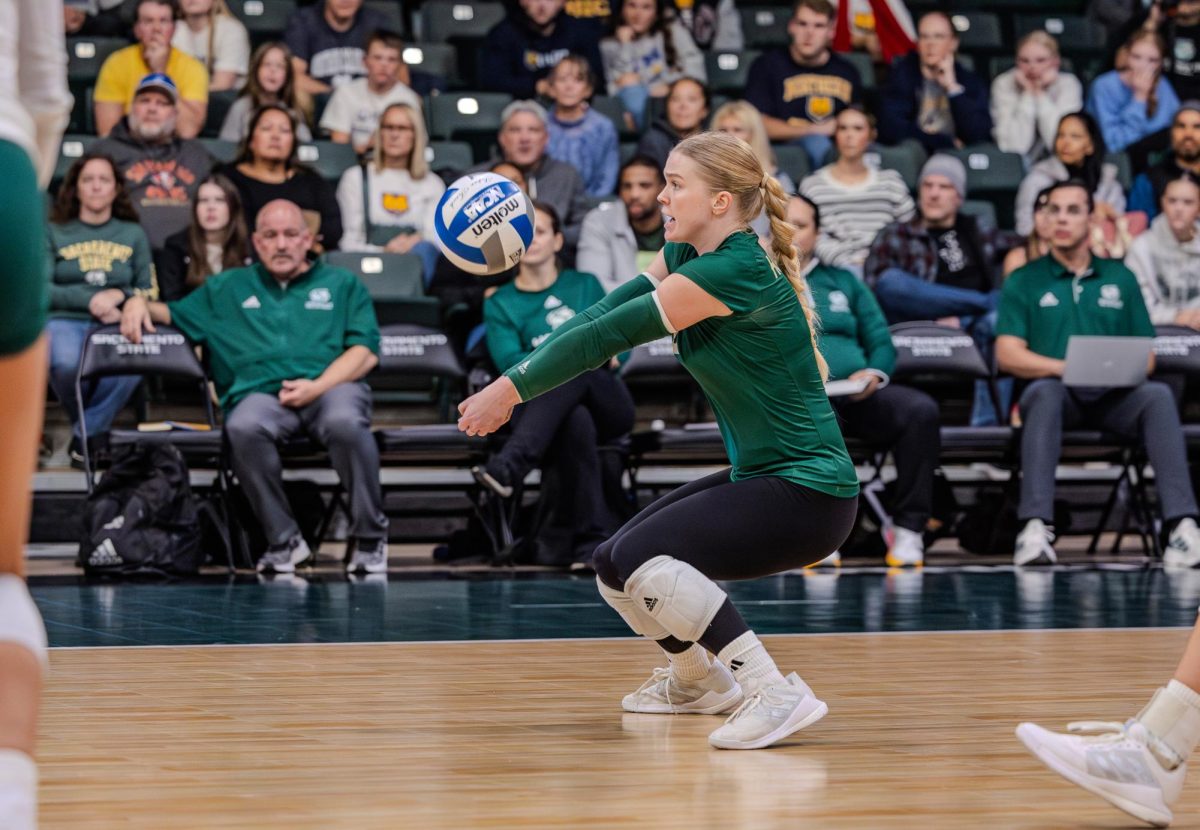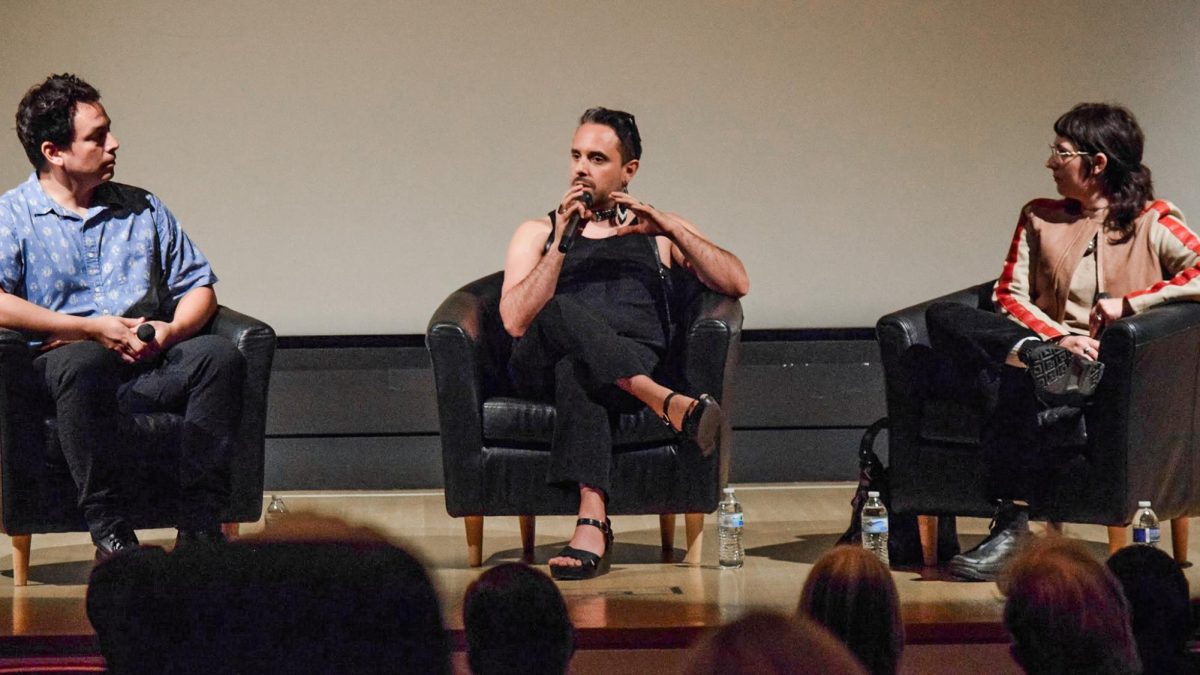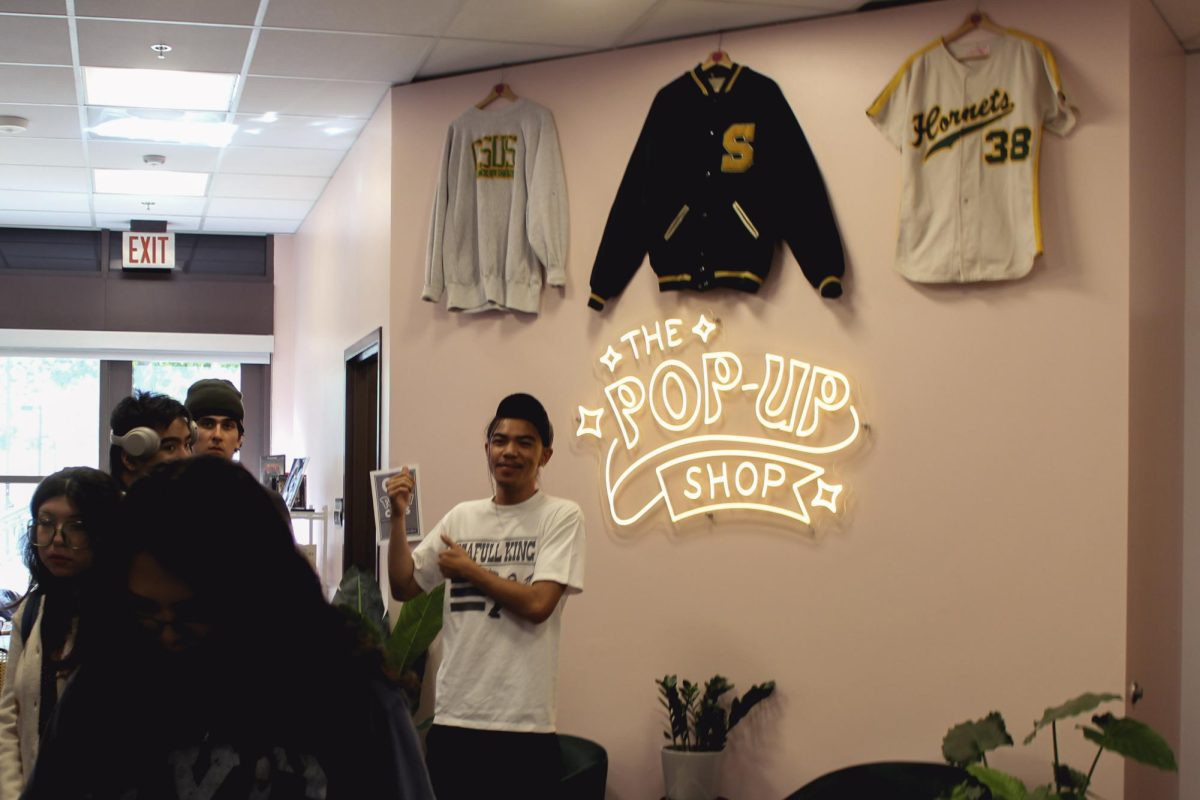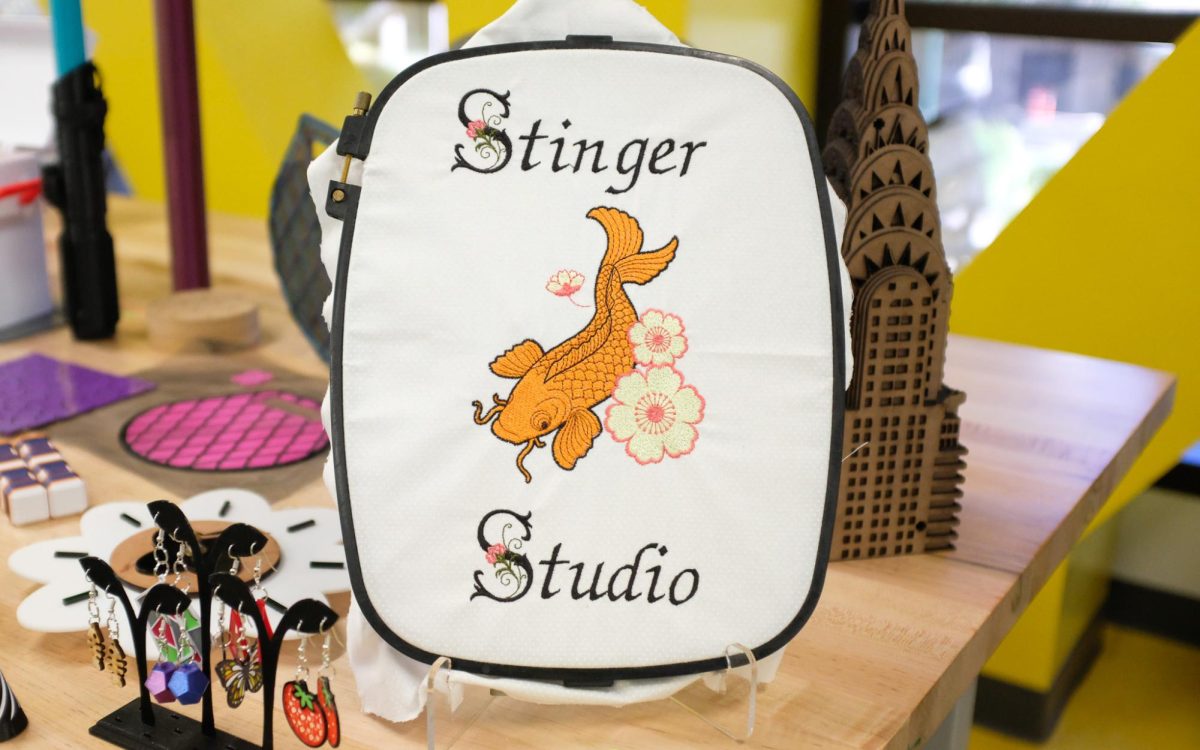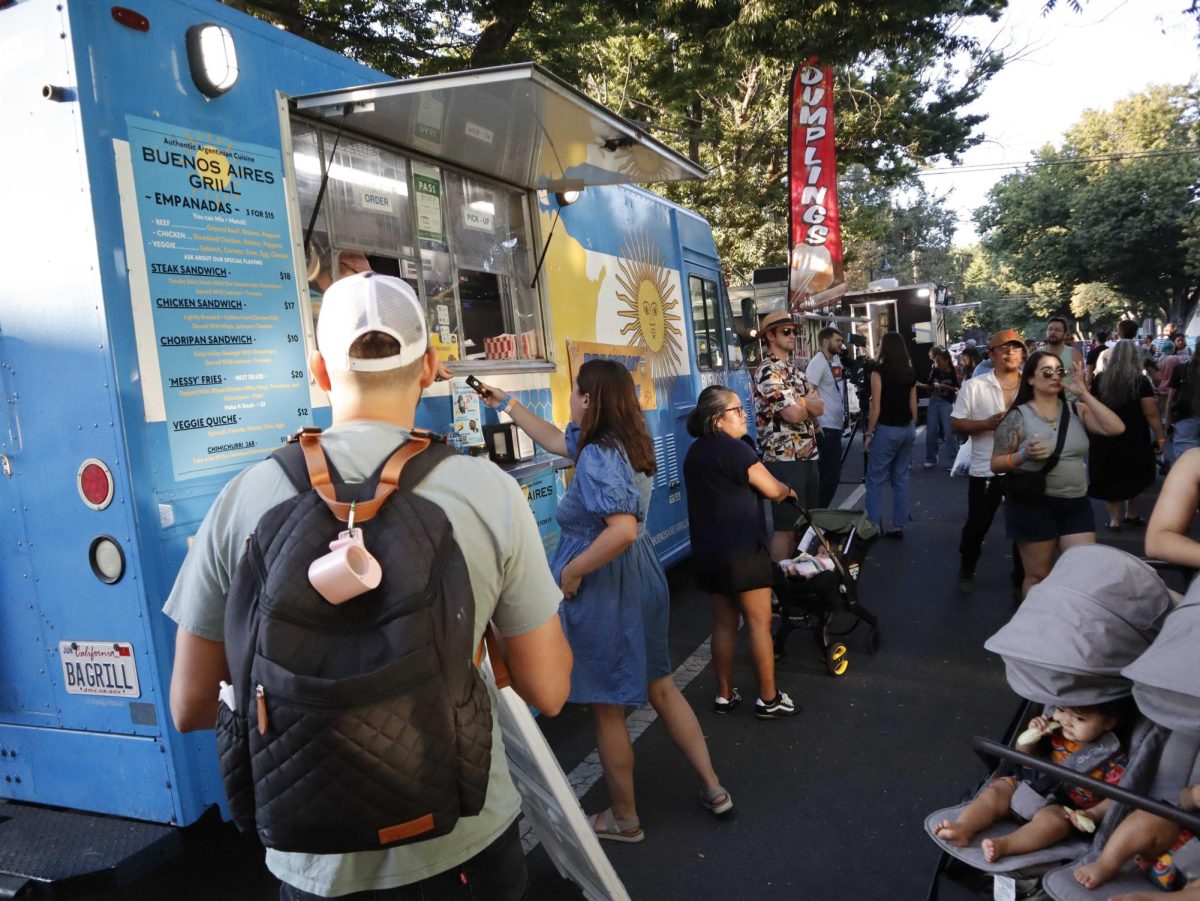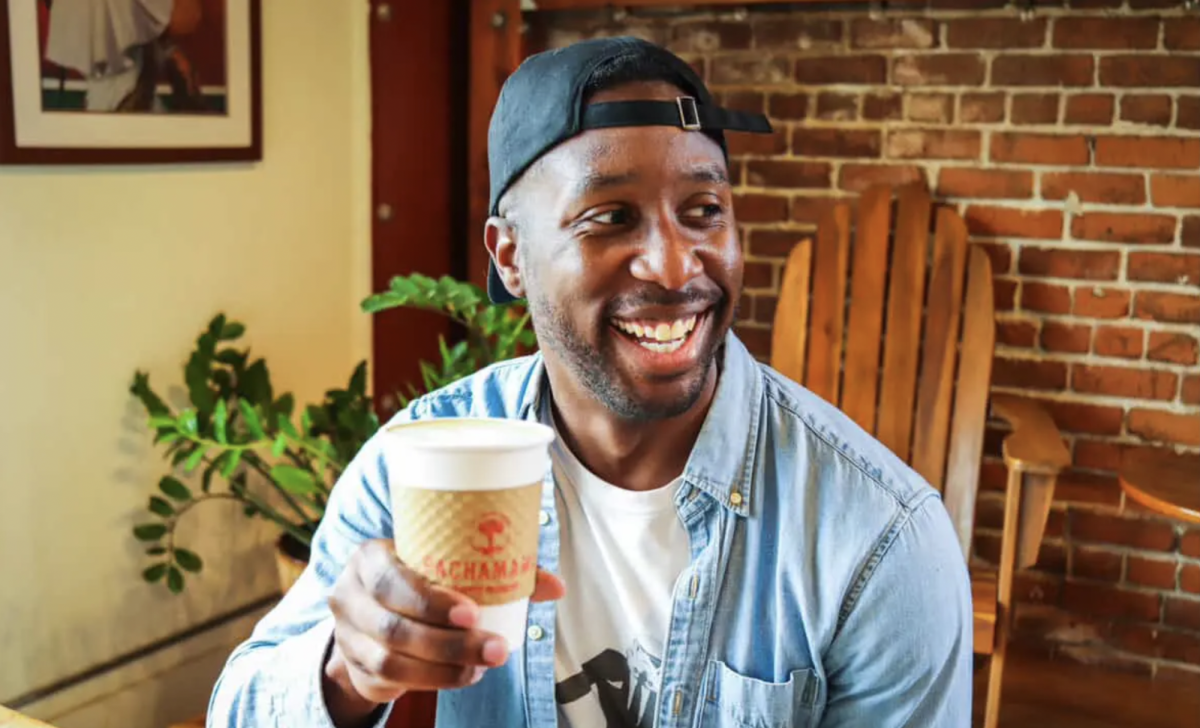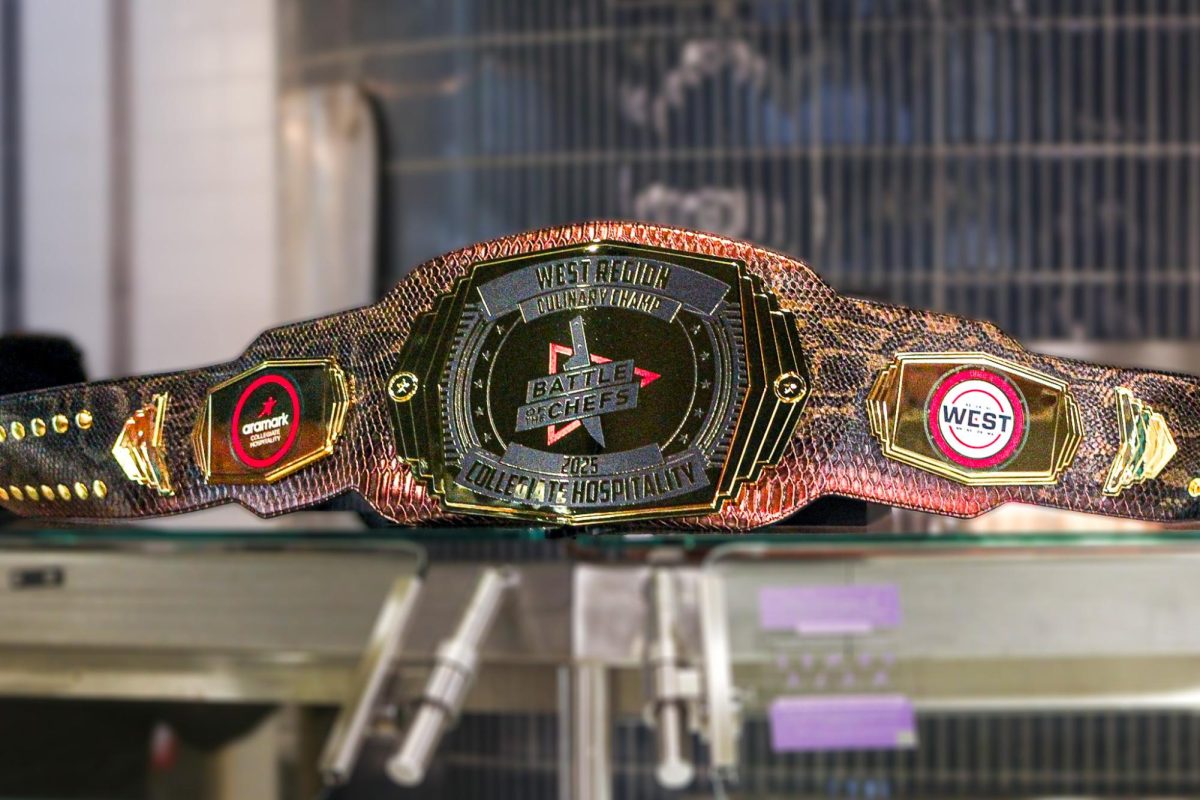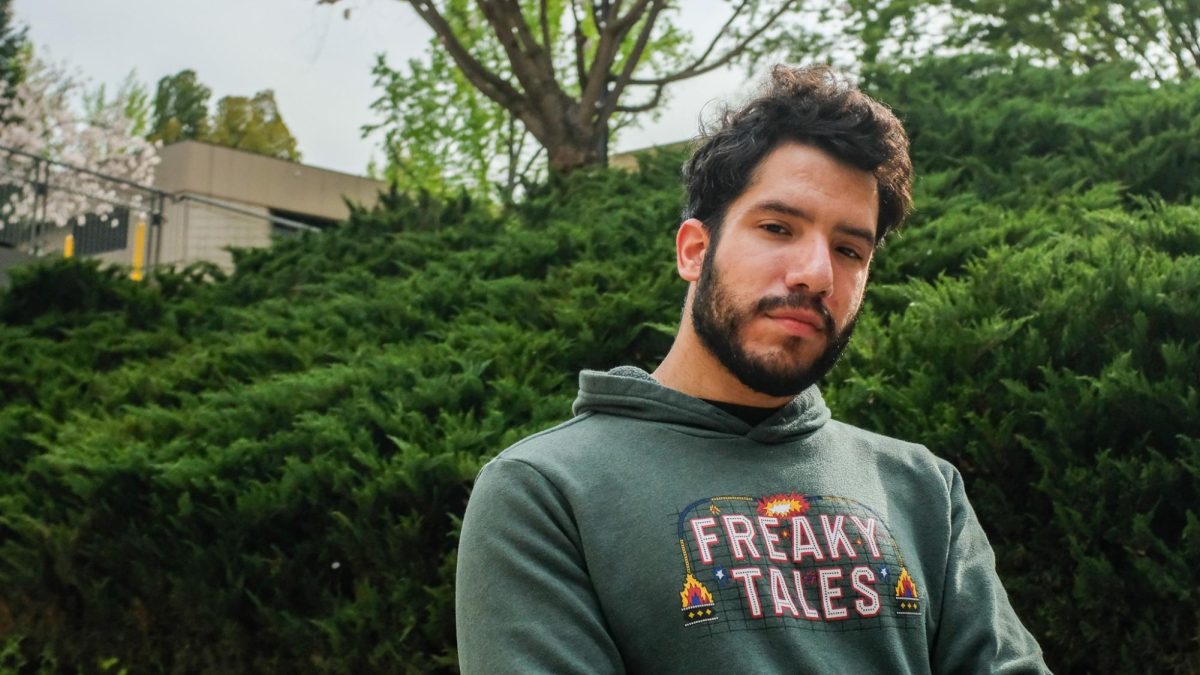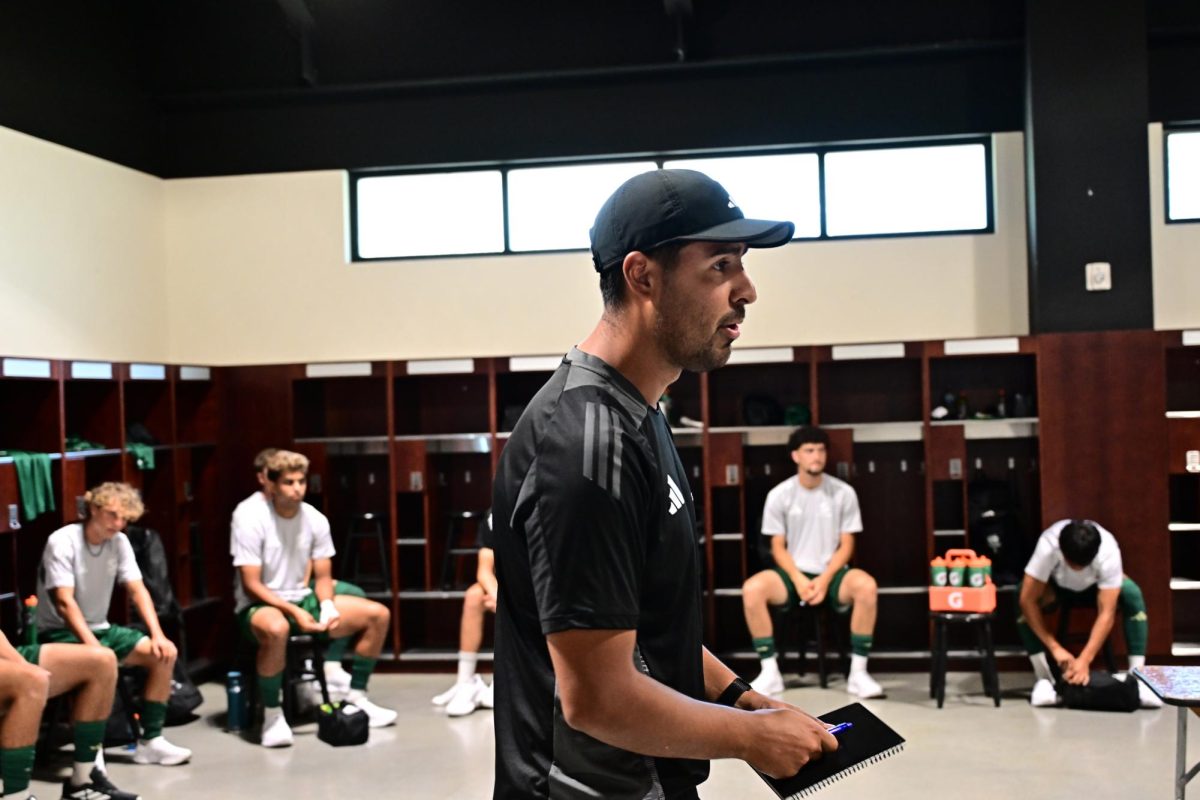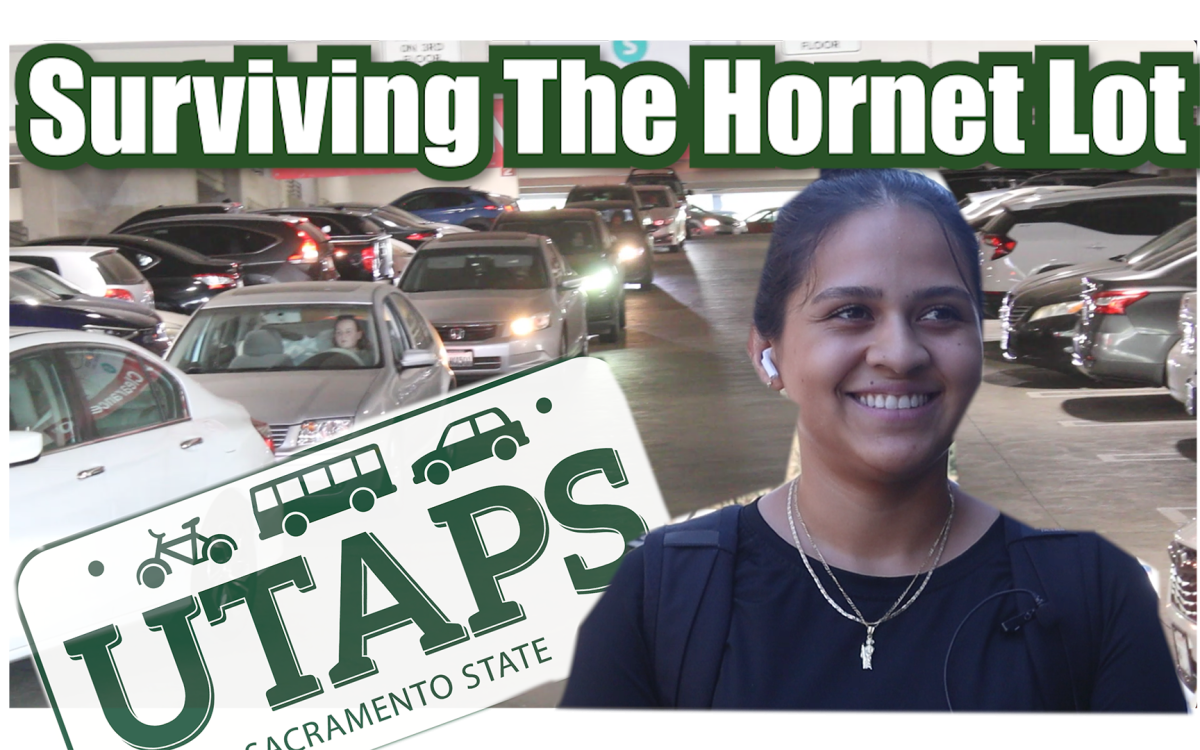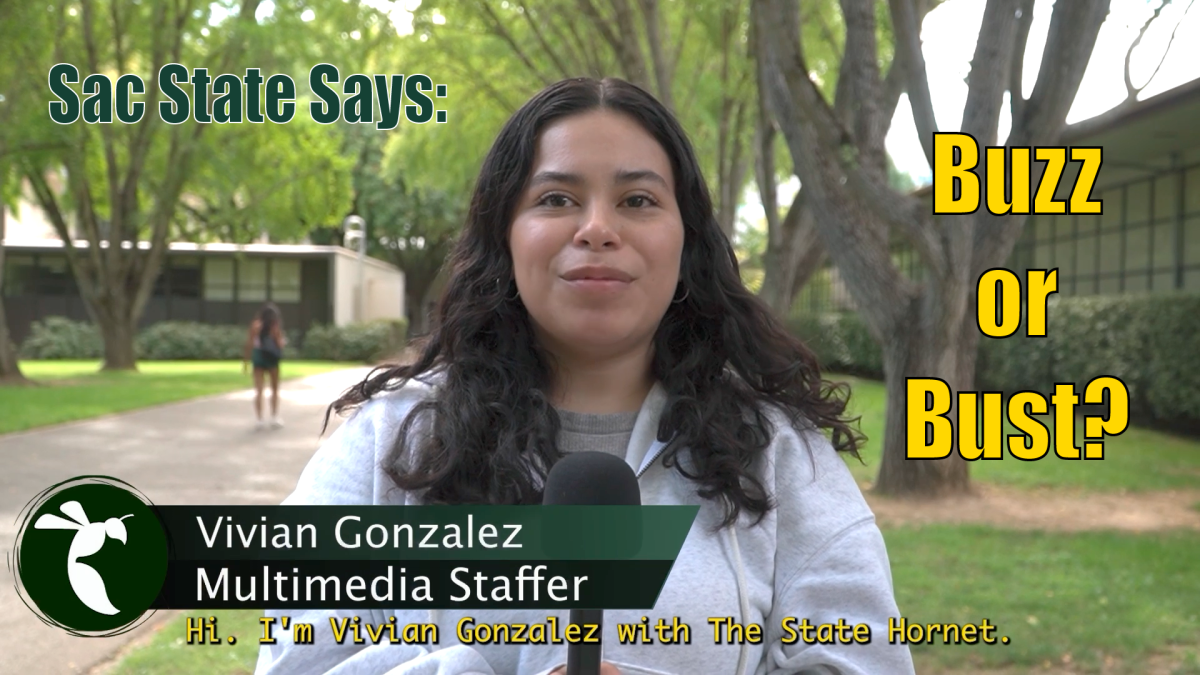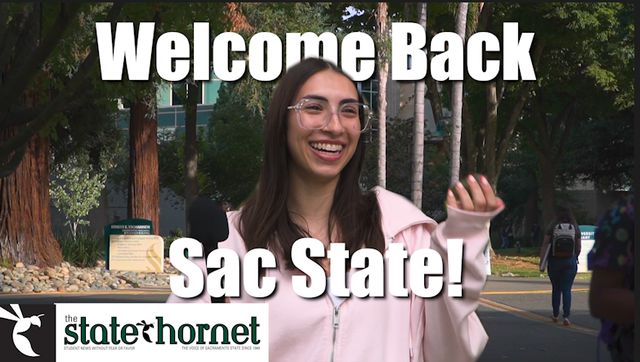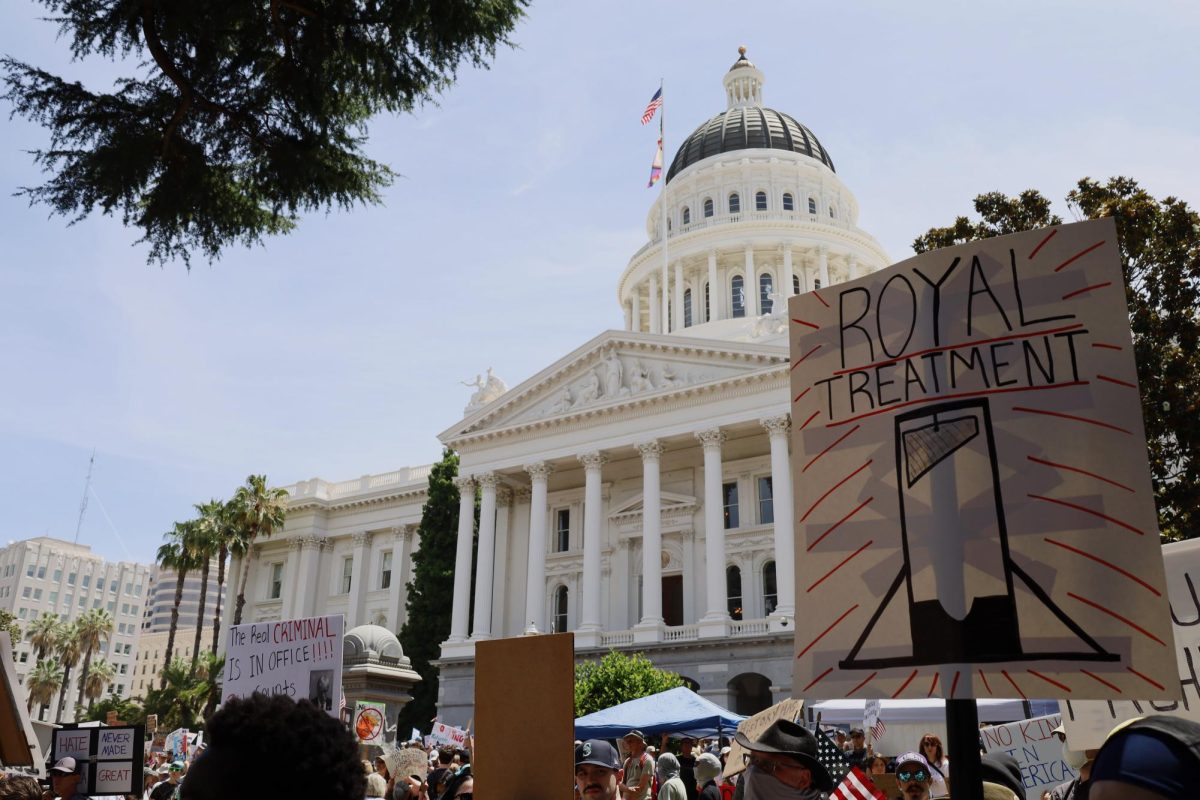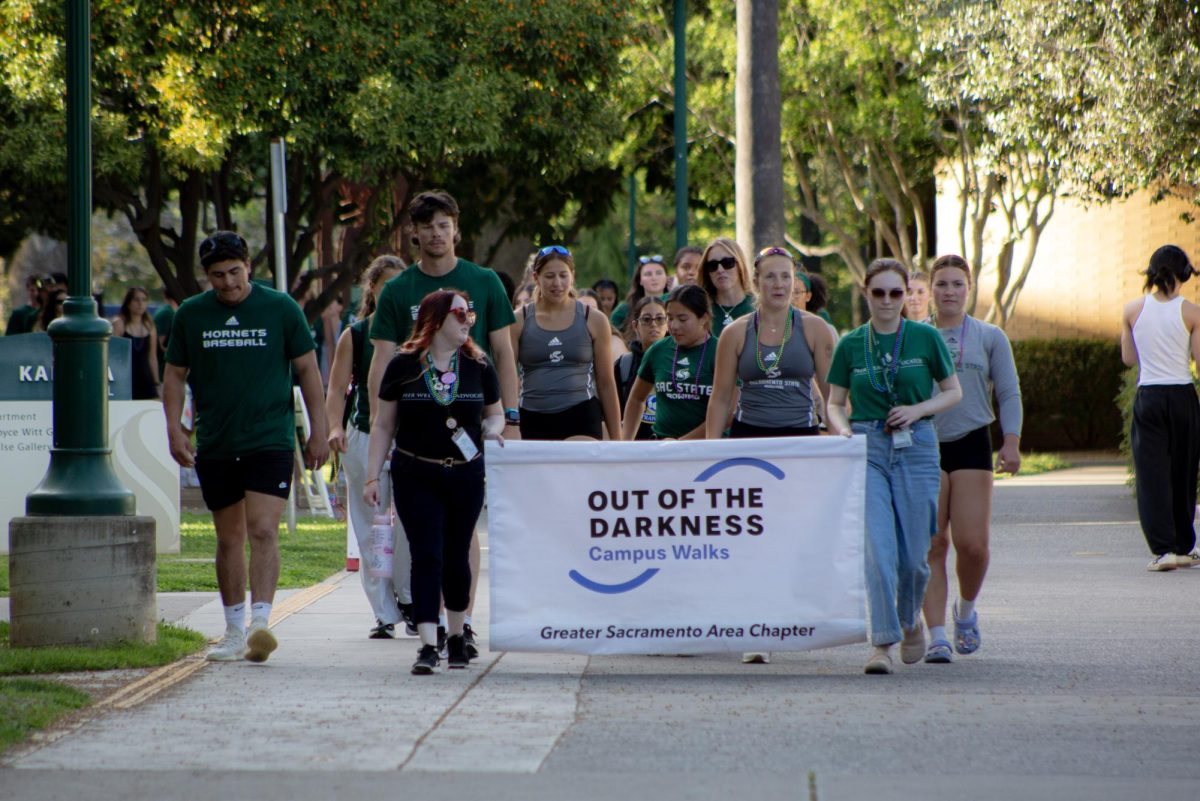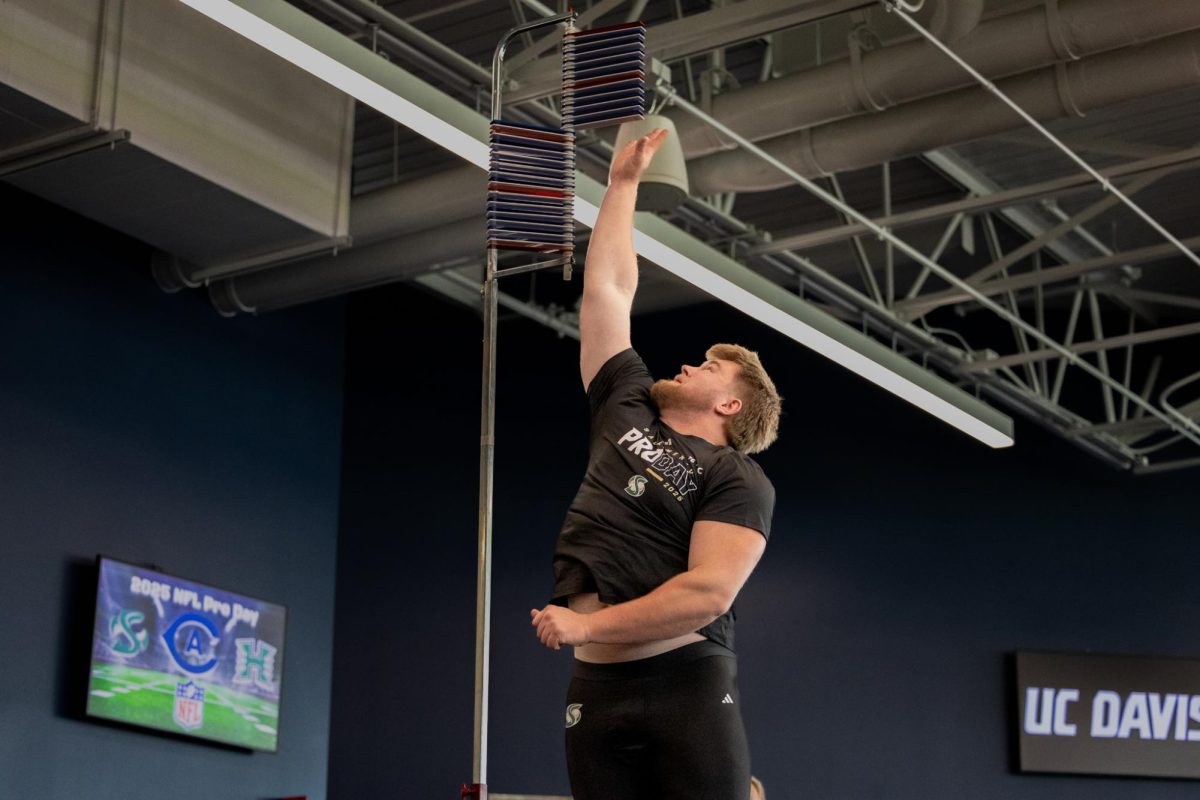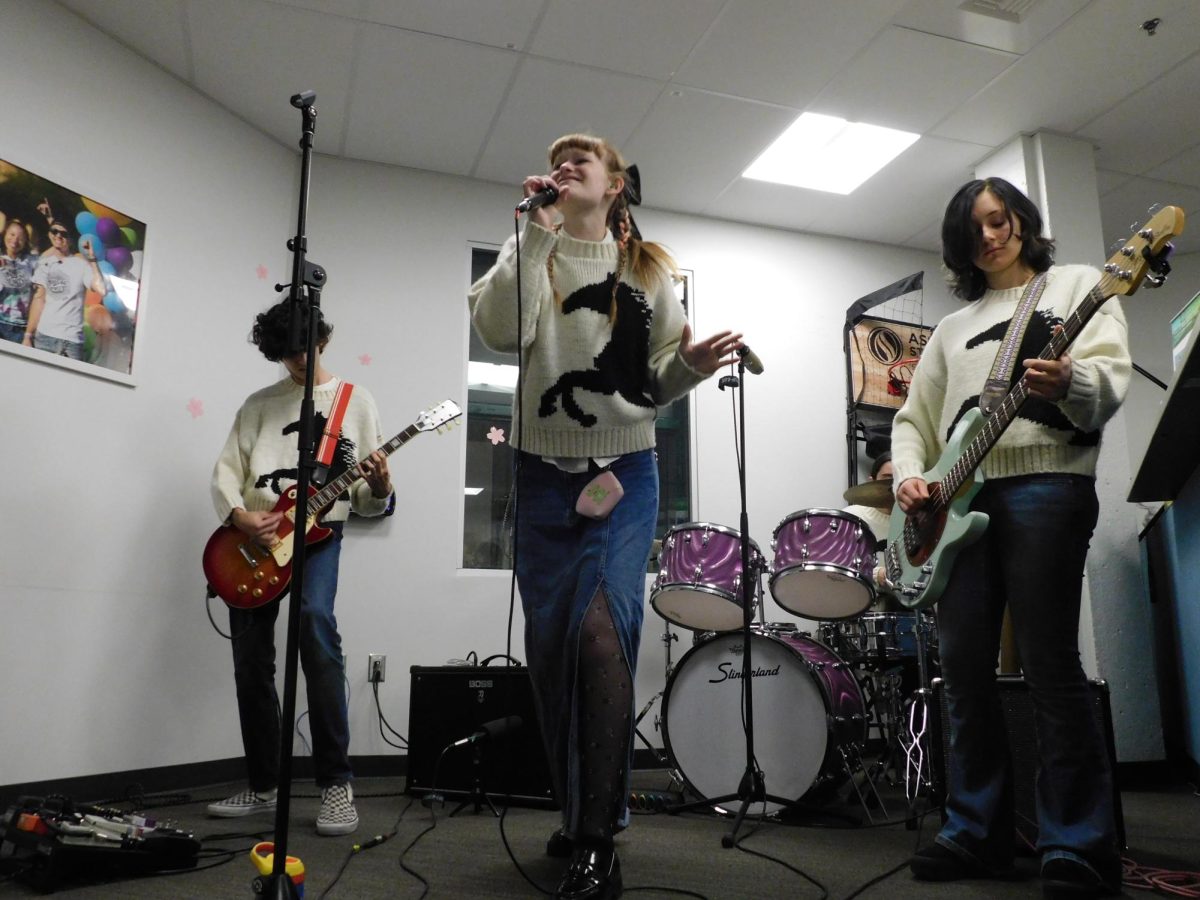With federal tariffs leading to increased prices on imported goods, students across campus at Sacramento State are beginning to feel the financial strain.
Students across the country are suddenly facing the highest tariff rates since 1935. With 480,000 fewer jobs expected and unemployment rising, students may face a tougher job market and higher living costs. Rising costs for essentials like groceries, clothing and car repairs are expected to hit college students, especially low-income and commuter students, the hardest.
Nearly 15,000 parking permits were purchased in fall 2025, according to Sac State Public Information Officer Lanaya Lewis. At least half Sac State’s over 30,000 students utilize their personal vehicles as the cost of ownership and repairs continues to climb.
Student-run small businesses said they are also feeling the pressure, facing tighter budgets and tough decisions about pricing and inventory.
Several student vendors at the Sept. 11 Stinger Expo, a market held for student-made goods hosted several times a year, said they’ve had to make some changes after feeling the impact of rising costs.
RELATED: Creating campus life memories: WEUSI Festival returns to Serna Plaza
Fourth-year design studies major Alyssa Kwong held a booth at Stinger Expo showcasing her sticker business, Ackstudioss. She, along with most vendors at the fair, said higher costs and limited material availability has influenced her pricing decisions.
“We get our products manufactured in China and make sure that our designs look the best we can, which in turn does cost a pretty penny depending on the complexity,” Kwong said. “We ended up slightly increasing our prices to help with material and shipping costs.”
Kwong said she’s seen increases in material prices for a while. She said new shipping regulations increased expenses and shipping costs have started to put pressure on sellers to raise prices at the risk of turning customers away.
“The changes in rules regarding shipping to the EU has made me and my business partner lose out on a significant part of our customers,” Kwong said.
European postal services have paused some shipments to the United States in response to new tariffs and new rules, enforced by an executive order from President Donald Trump. The order removed the $800 tax-free limit on imports, so even low-cost items now face added taxes and customs delays.
Trump’s executive order has resulted in price increases for consumers from retailers, like Shein.
Ash Dungca, a Sac State alum, helps run OhSewQt. The business sold kandi jewelry and hand-stitched goods at Stinger Expo. They said they’ve noticed recent changes in cost and product availability.
“Not only did prices go up, but a lot of the big chain fabric stores also closed down, so it’s a lot harder not only to find fabrics but also to afford them,” Dungca said.
Dungca said tariffs have impacted fabric prices and other materials, such as stuffing for pillows and stuffed animals. Most of these materials are imported from countries such as China and Southeast Asia. Recent tariffs on these goods, ranging from 10% to 25%, have increased expenses for manufacturers and suppliers.
“I tried my best to not raise the prices a whole lot, but I did have to increase them by a couple dollars just to make a profit,” Dungca said.
Angel LeClair, a third-year art education major, attended Stinger Expo to sell their handmade plushies, keychains and art prints. LeClair said that yarn, the main material in their product, has always been expensive. However, the main challenge is locating the specific colors they need.
LeClair said another challenge has been high vendor fees, with popular markets such as The Midtown Farmer’s Market charging $80 to $150 and conventions starting around $300 per event. This year, student vendors were able to participate in Stinger Expo for free, a change LeClair said helped them keep their prices affordable.
“I don’t want people to feel like I’m taking their entire paycheck with just a plushie,” LeClair said.
Yale’s Budget Lab estimates that Trump’s tariffs will increase the number of Americans living in poverty, which might eventually land between 650,000 and 875,000. According to U.S. Census Bureau data, 35.9 million people, about 10.6% of the population, live in poverty.
According to a recent announcement, about 57% of Sac State students receive financial aid and 48% are eligible for pell grants. More than 700 students in the last month have utilized the recently opened Basic Needs Resource Center, which offers free groceries, toiletries and necessities to students.
RELATED: Too many students, not enough classes: Sac State students struggle amid high enrollment
Commuter students are concerned about increased costs for vehicular replacements, repairs and maintenance.Out of more than 30,000 students, 89% live off-campus.
Alex Shariff, a fifth-year business major who works in the automotive industry, said tariffs are affecting production and shipping costs, forcing some manufacturers to no longer sell in the U.S.
“It’s already starting to push automakers out and force them to make tough decisions,” Shariff said. “I already know a few cars that are just not going to sell in the U.S. anymore because of the tariffs.”
Shariff said the tariffs have led to increased costs in vehicle production, with some vehicles seeing price increases of up to 25% in production costs.
“You have to pay the shipping fees to send it over here and now, with tariffs added onto that, some vehicles are tariffed at 25%,” Shariff said. “At that point, it just wouldn’t make sense to sell that car in America anymore.”
While Shariff had his concerns regarding the impact of the tariffs on jobs and the availability of certain vehicles, his biggest concern was that of rising costs. Specifically, he was worried about the cost of fuel.
“The biggest thing I’m worried about is gas because I drive a lot, and I’m the type to wait till it’s empty to fill it all the way up,” Shariff said. “It’s about $80 a tank for me and that’s probably every week, so the total does add up.”
Kamila Salazar, a third-year communications studies major, also finds herself worrying over the cost of commuting to school and to visit family members back home.
Salazar was also concerned about the cost of gas, as she drives a SUV that she said uses more gas than other vehicles on the market.
“I live about two and a half hours away from here, and I do go visit my family,” Salazar said. “Having to pay for that gas going there and coming back and commuting within the city adds up.”
Julia Cuyos is a third-year communications studies major who works two jobs in addition to being a full-time student. Recent tariffs have also contributed to a recent surge in U.S. used car prices. With the rising costs and need for a vehicle, Cuyos has concerns about affording future repairs or a replacement for their vehicle.
“The repairs I’ve done two summers ago, I put it on my credit card, which I’m still paying off,” Cuyos said. “But Sacramento roads are not easy.”
Cuyos said the replacement for her suspensions cost roughly $700 each. She said owning a car as a student offers convenience but typically costs between $4,500 and $9,800 annually for gas, insurance, maintenance, parking and registration fees. While approximately 79% of college students drive used cars, it can still be costly if they require frequent repairs.
While Cuyos said she is financially prepared for a major repair to her vehicle in an emergency, she worries how a temporary loss of her vehicle might affect her ability to commute to both work and school.
“I want to eventually do law school and the problem right now is how am I gonna balance being a full-time law student while trying to have a job,” Cuyos said. “Career-wise, it’s kind of scary.”


